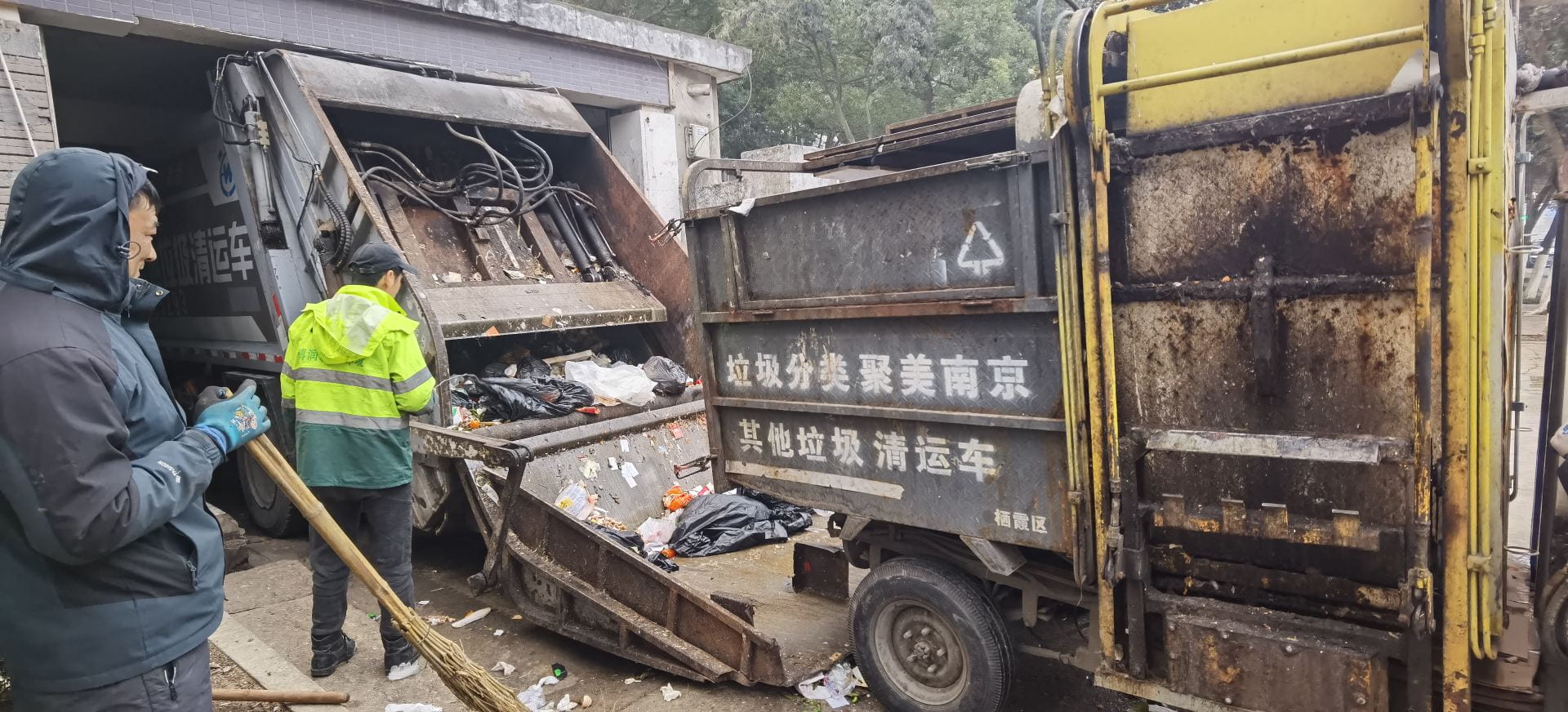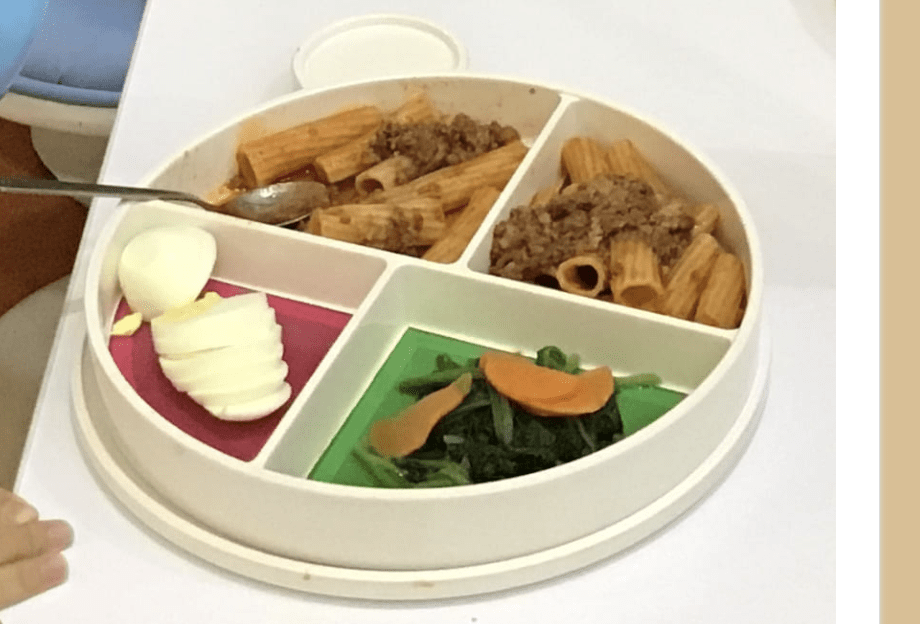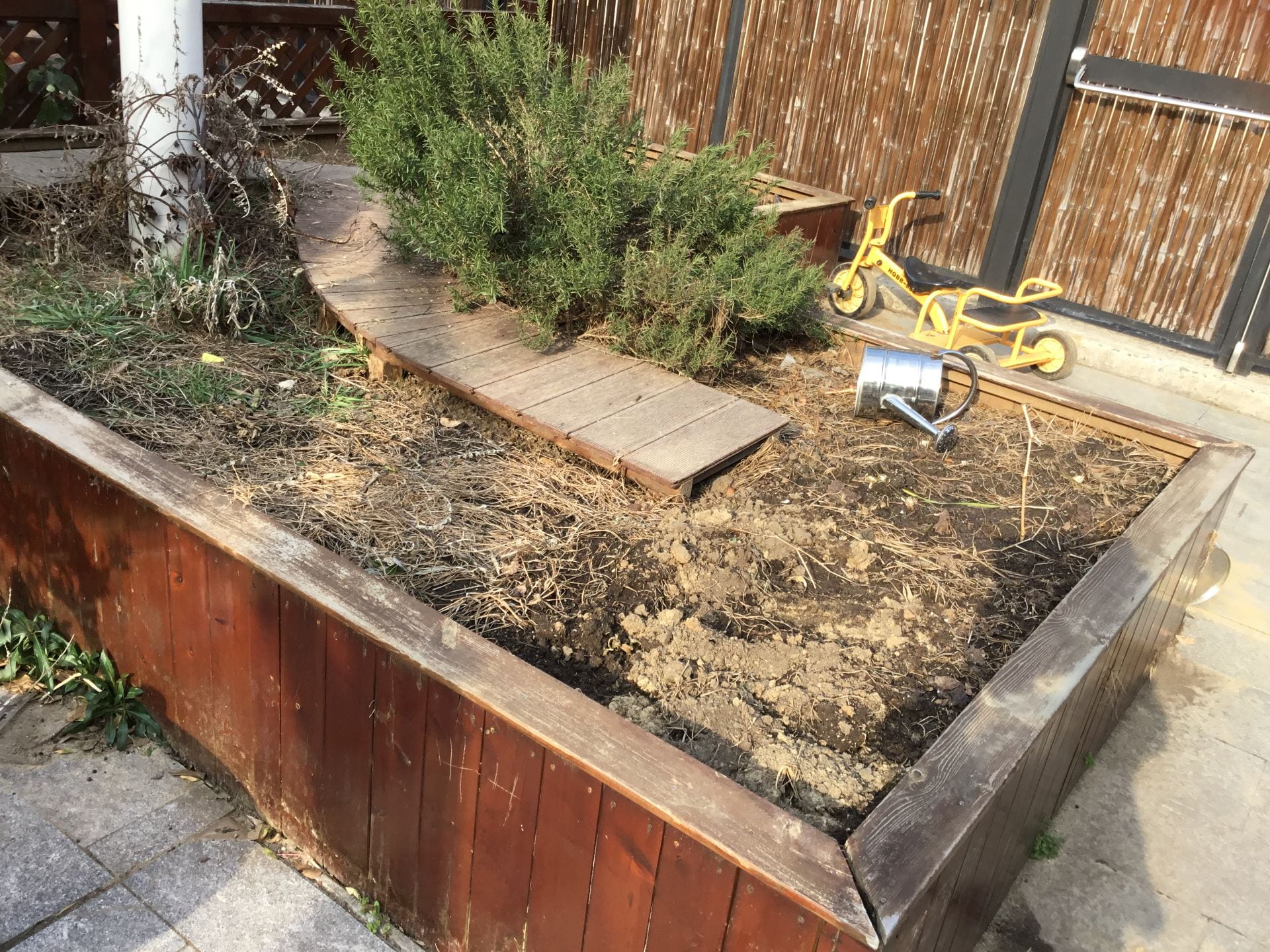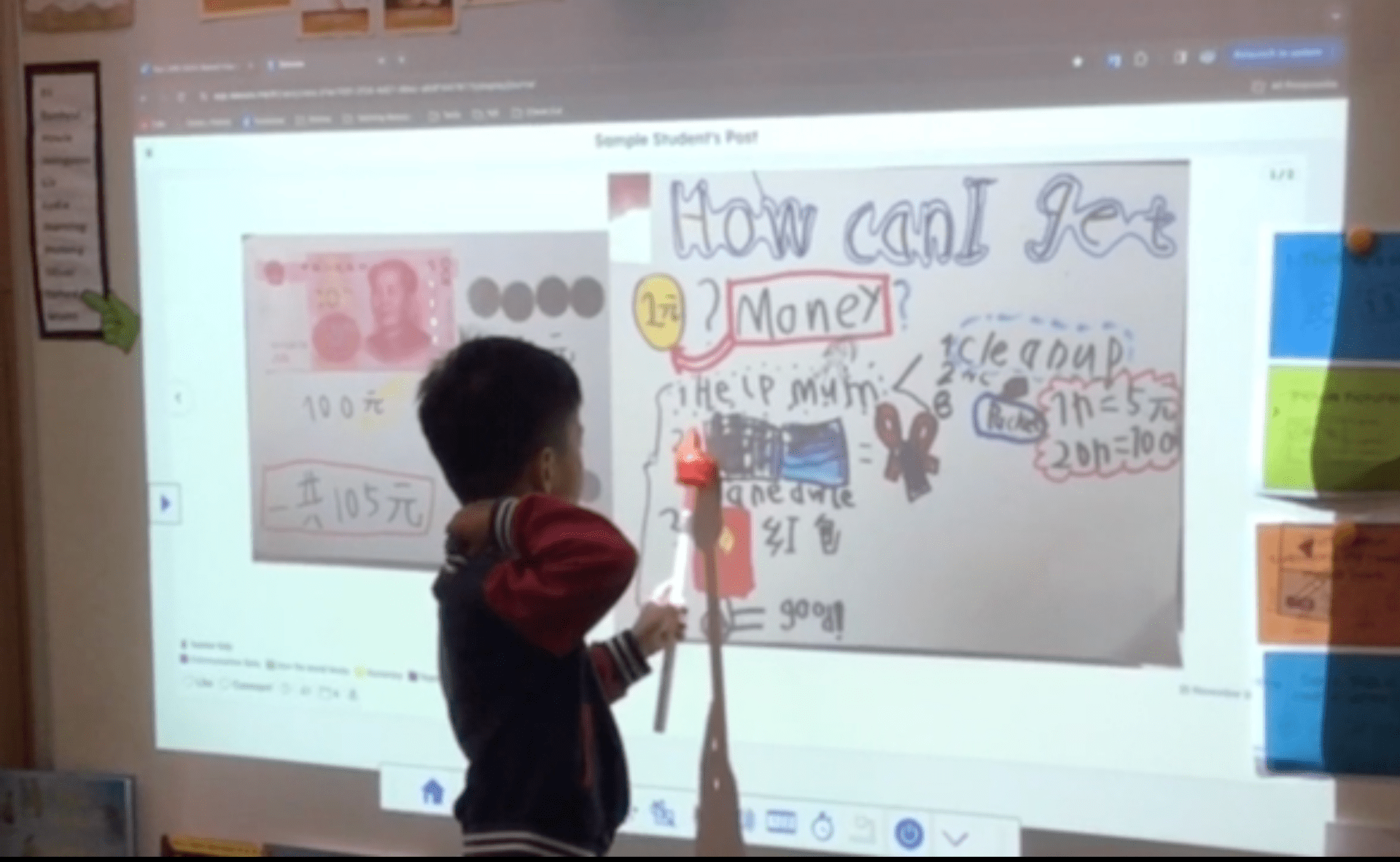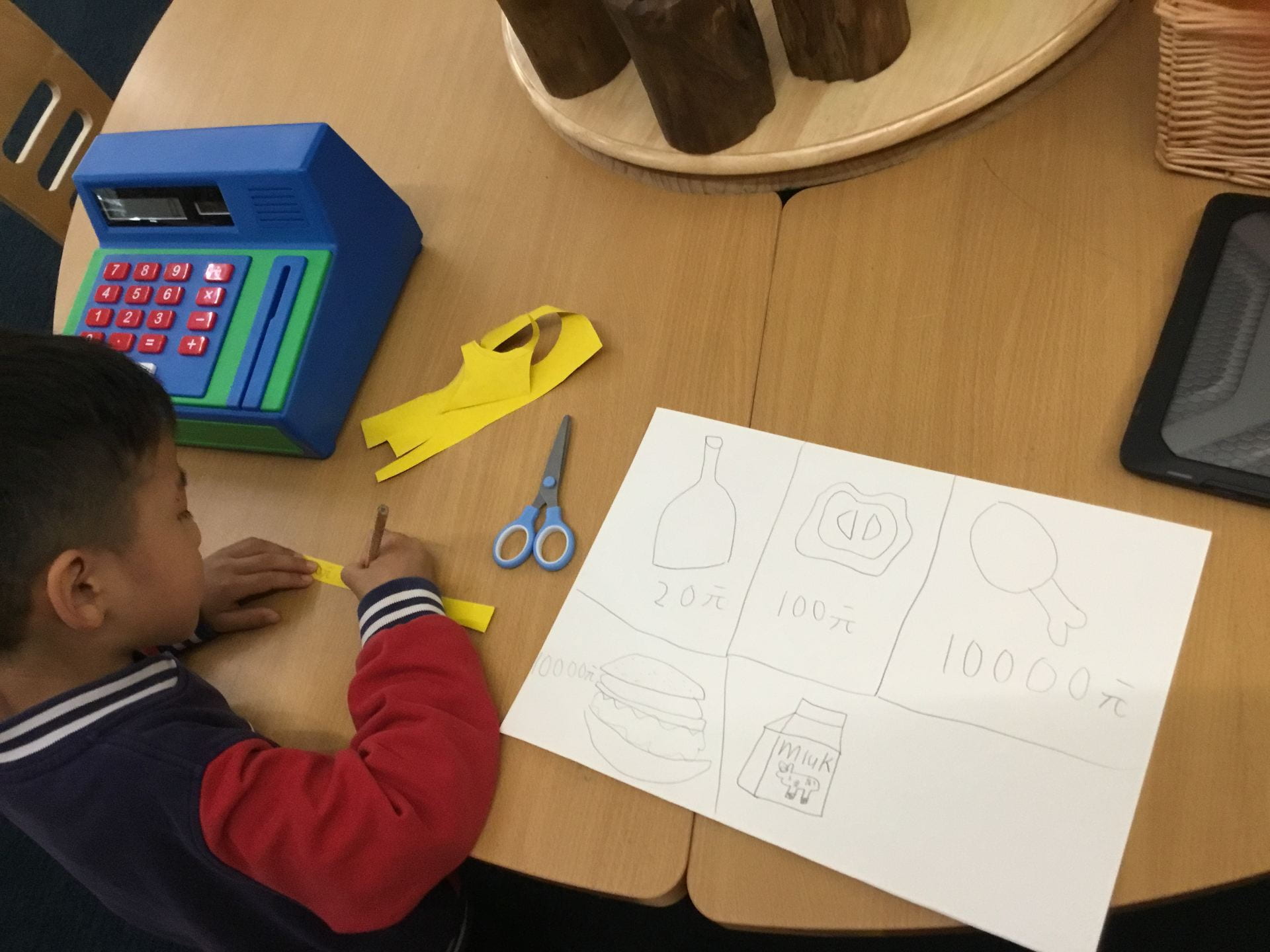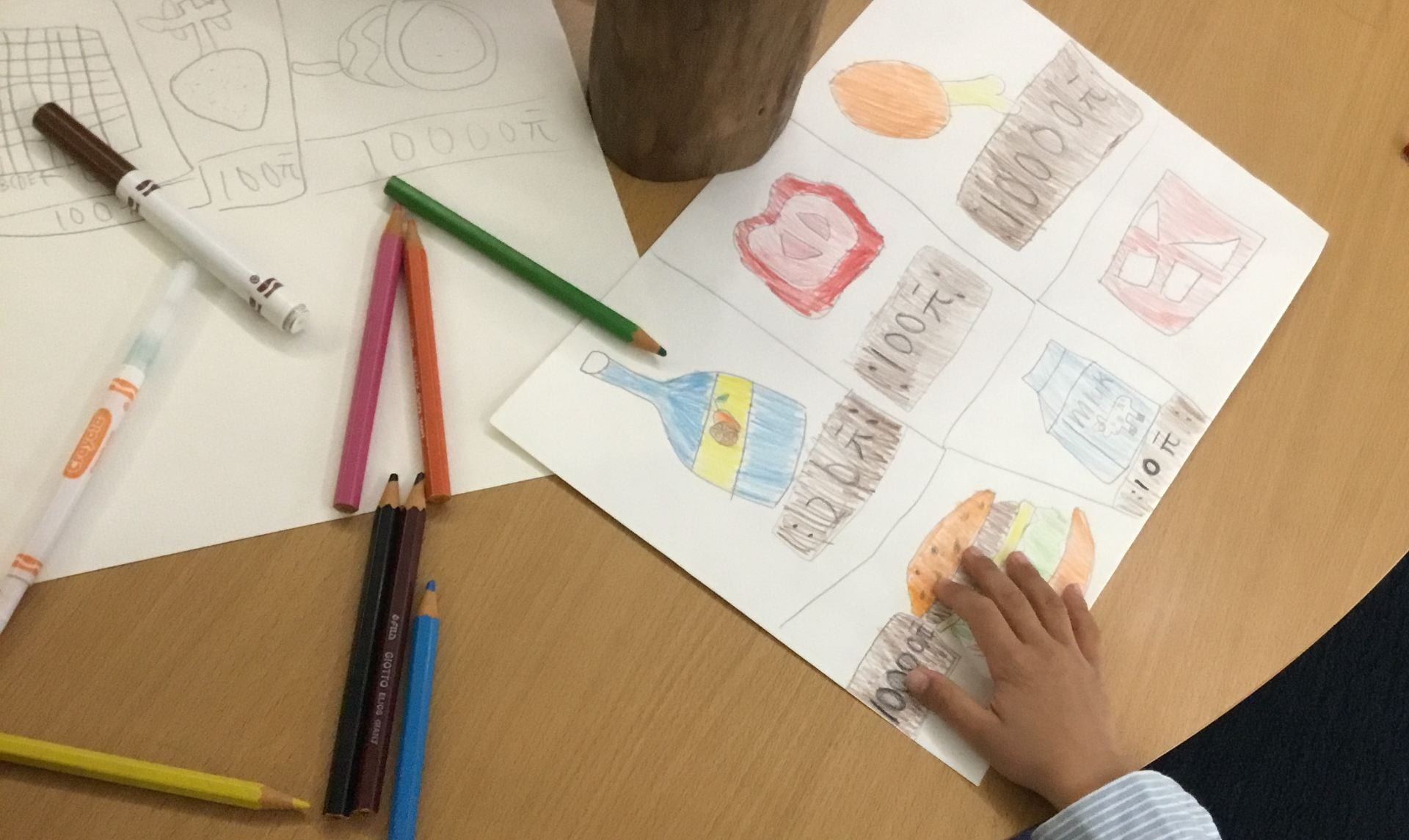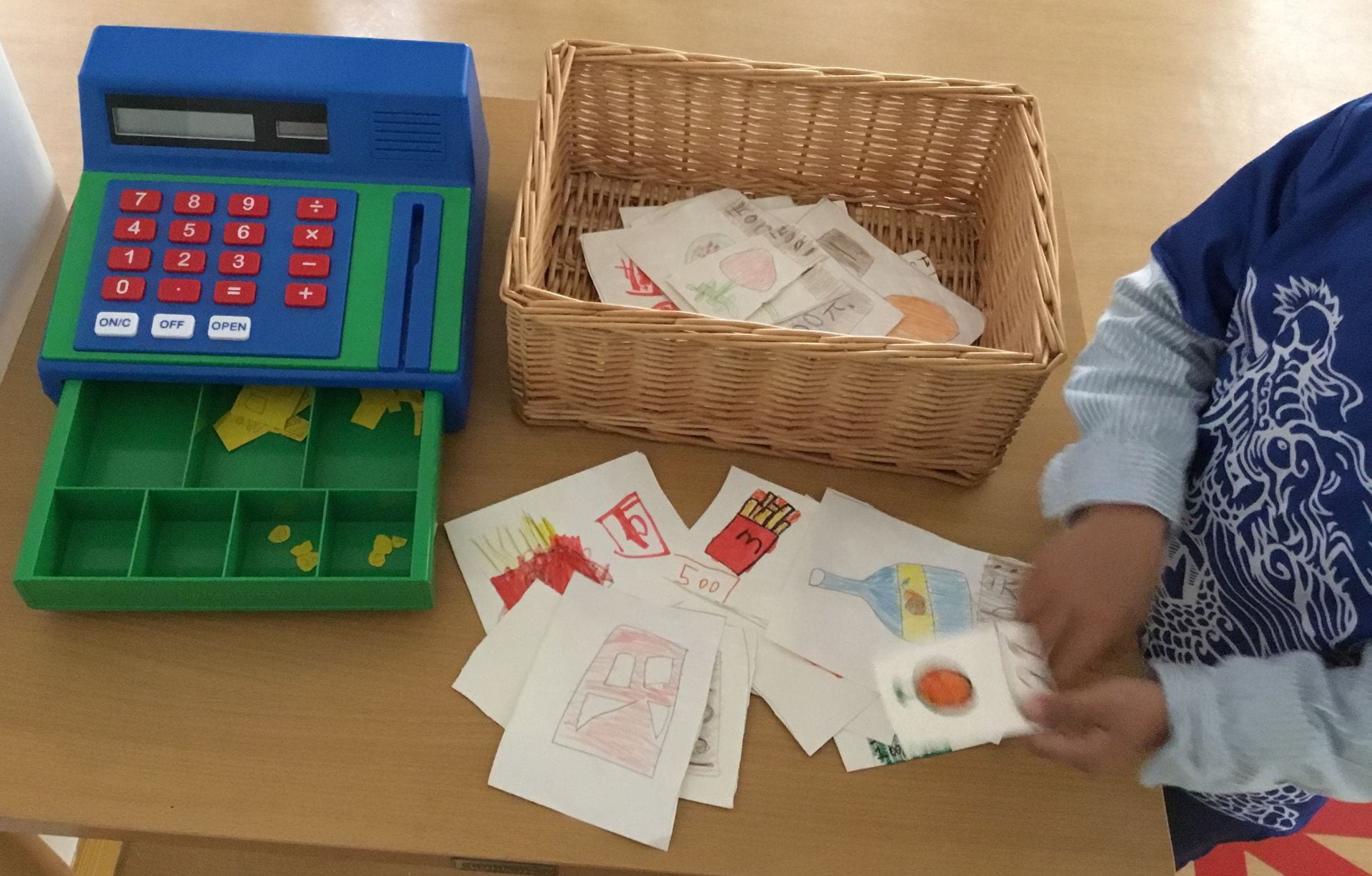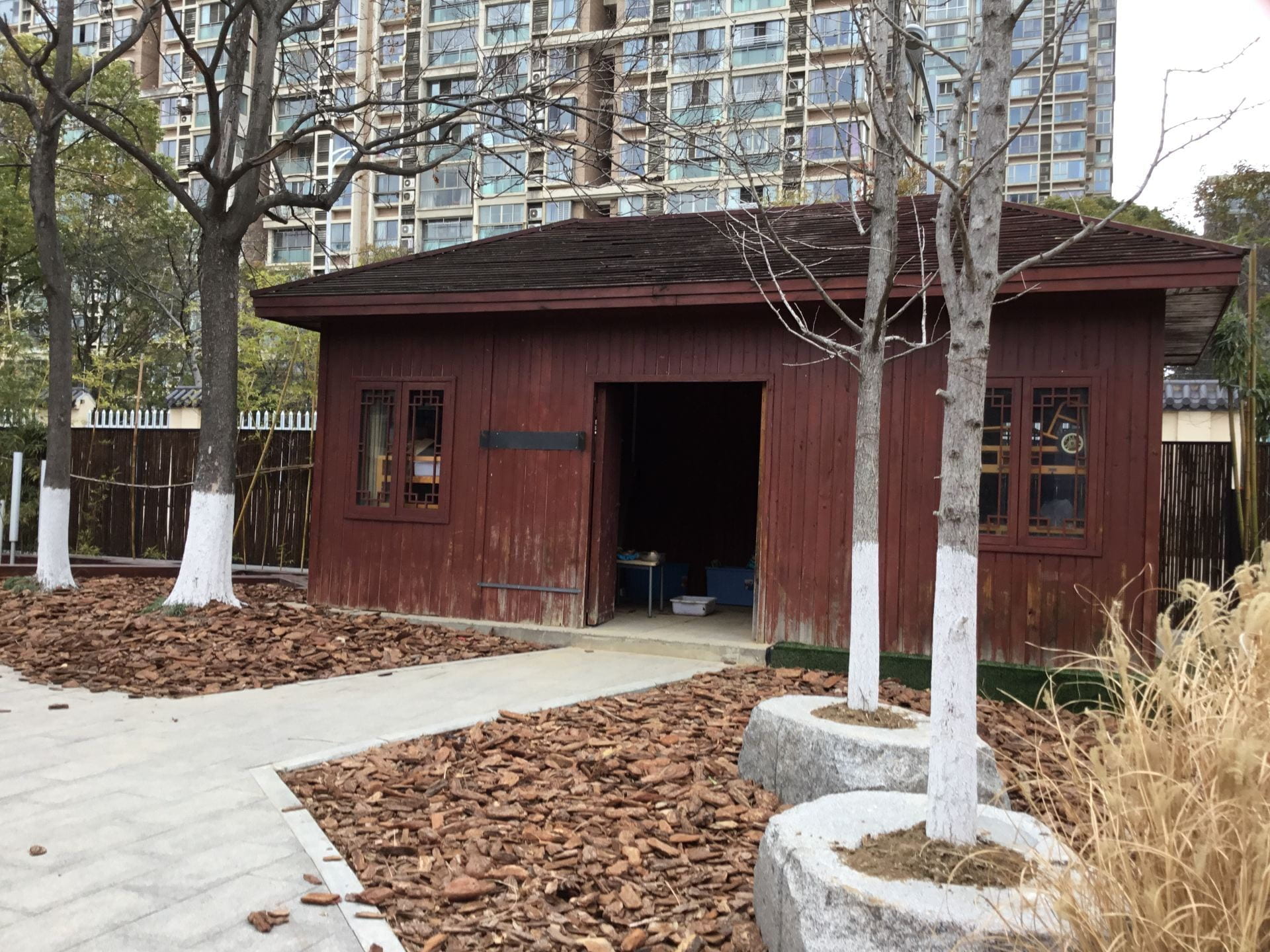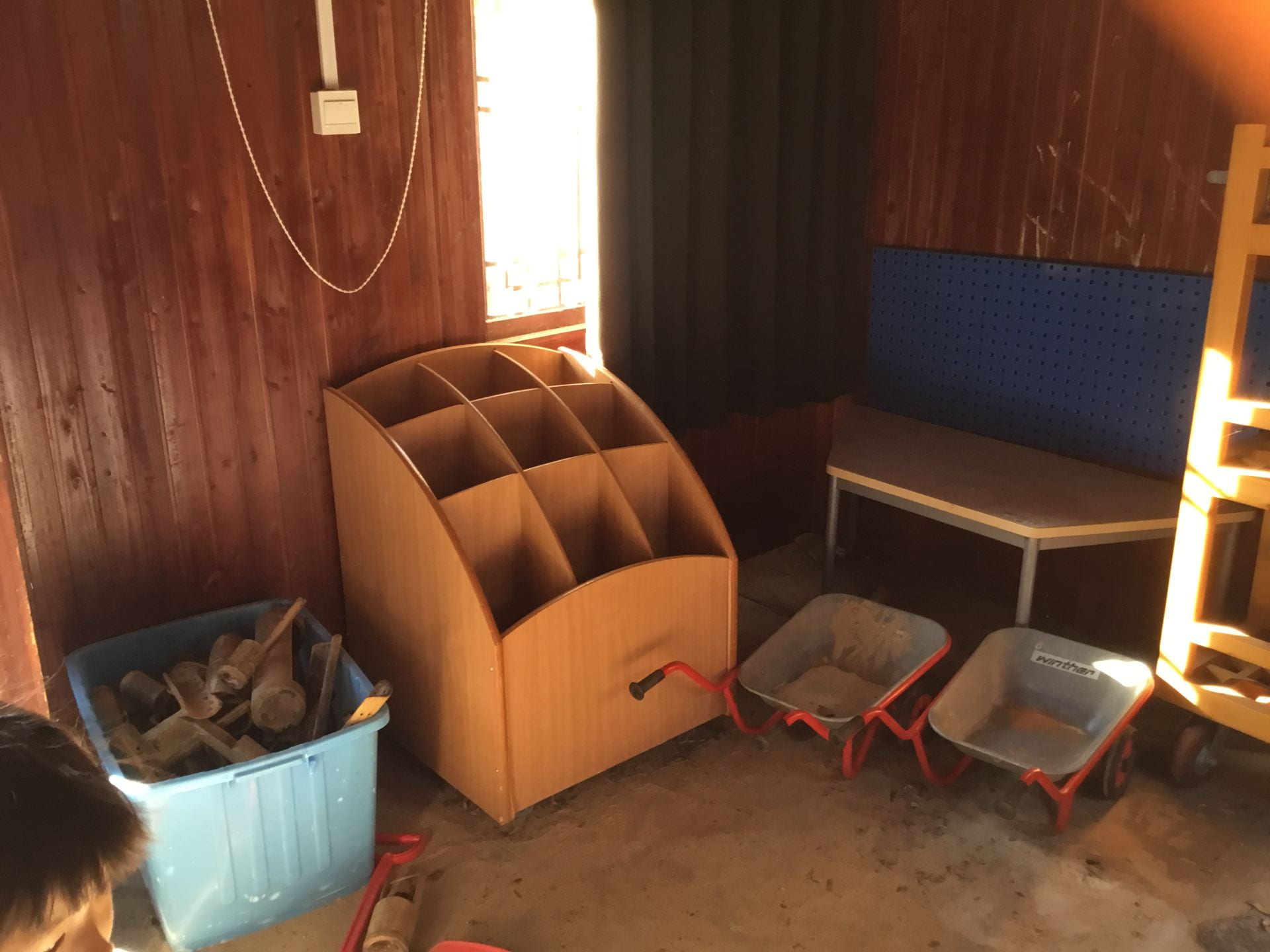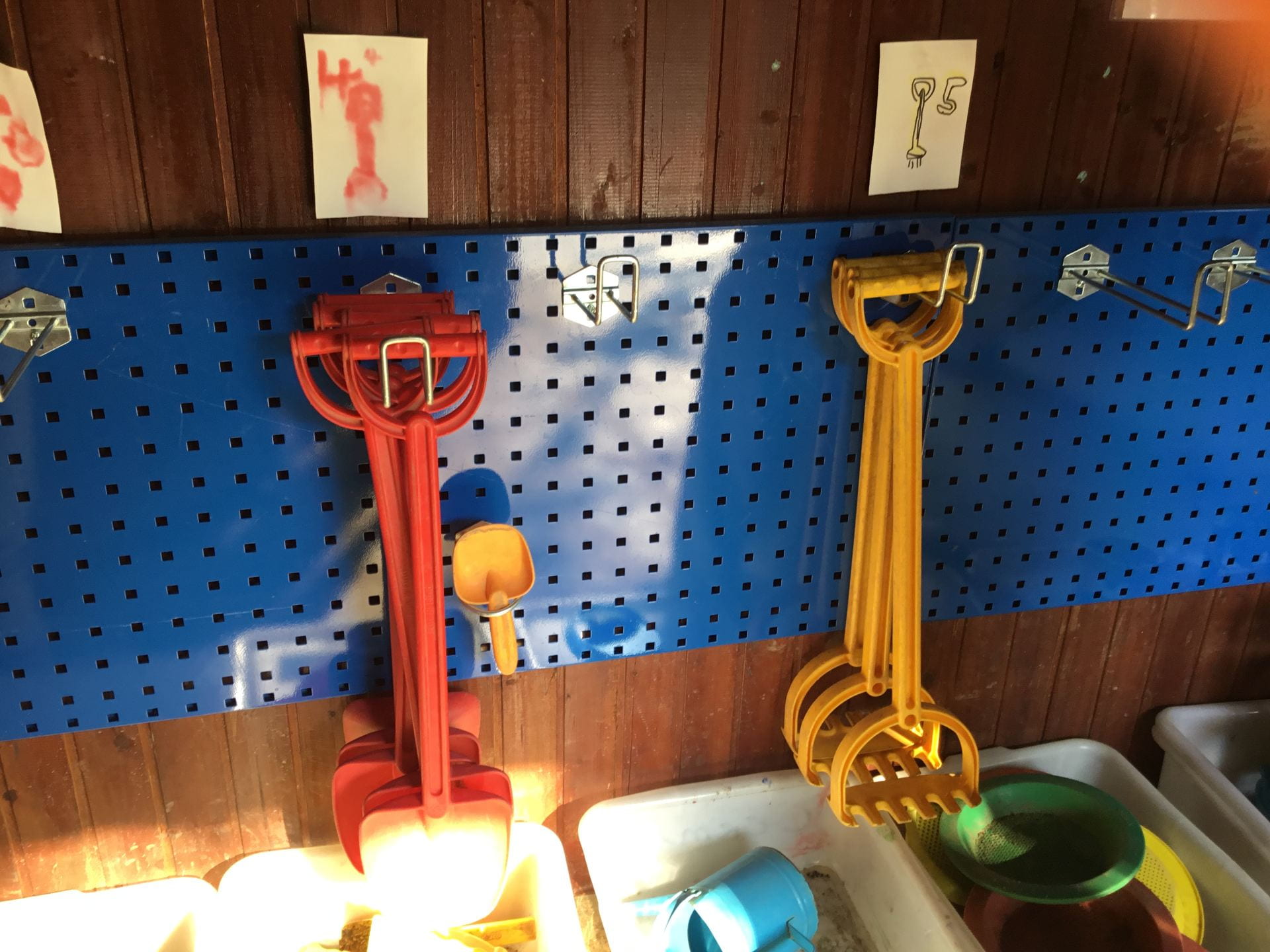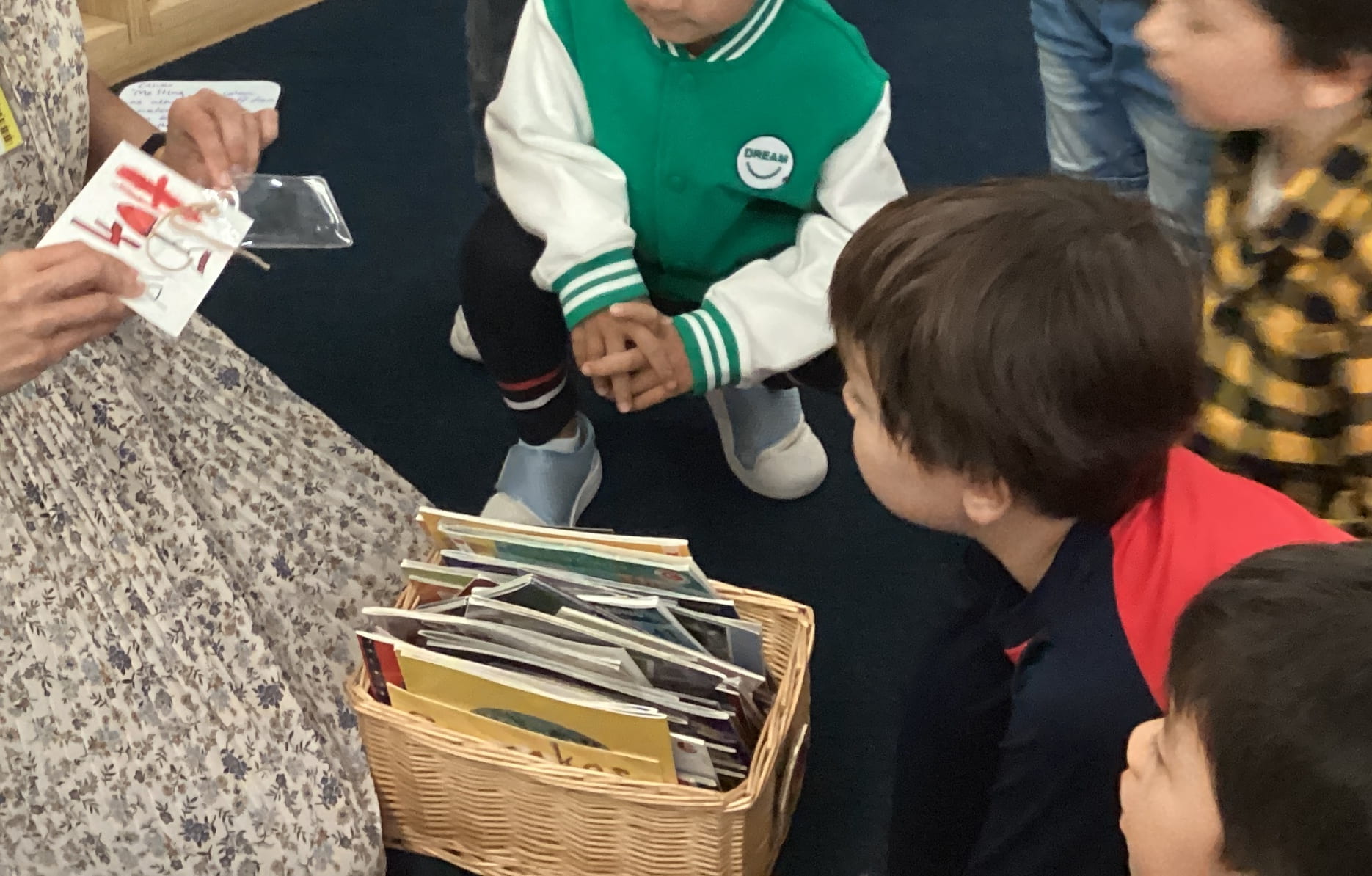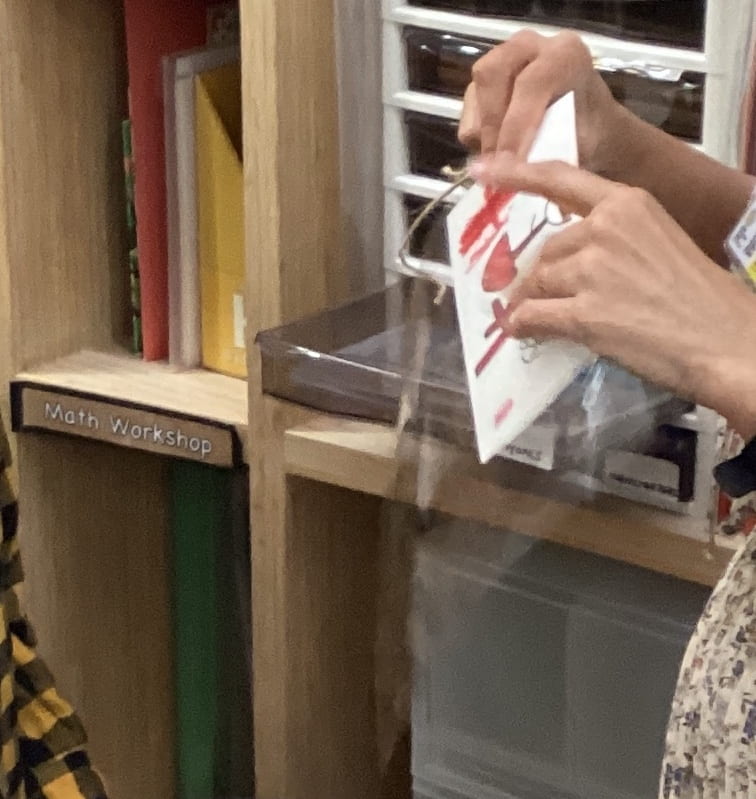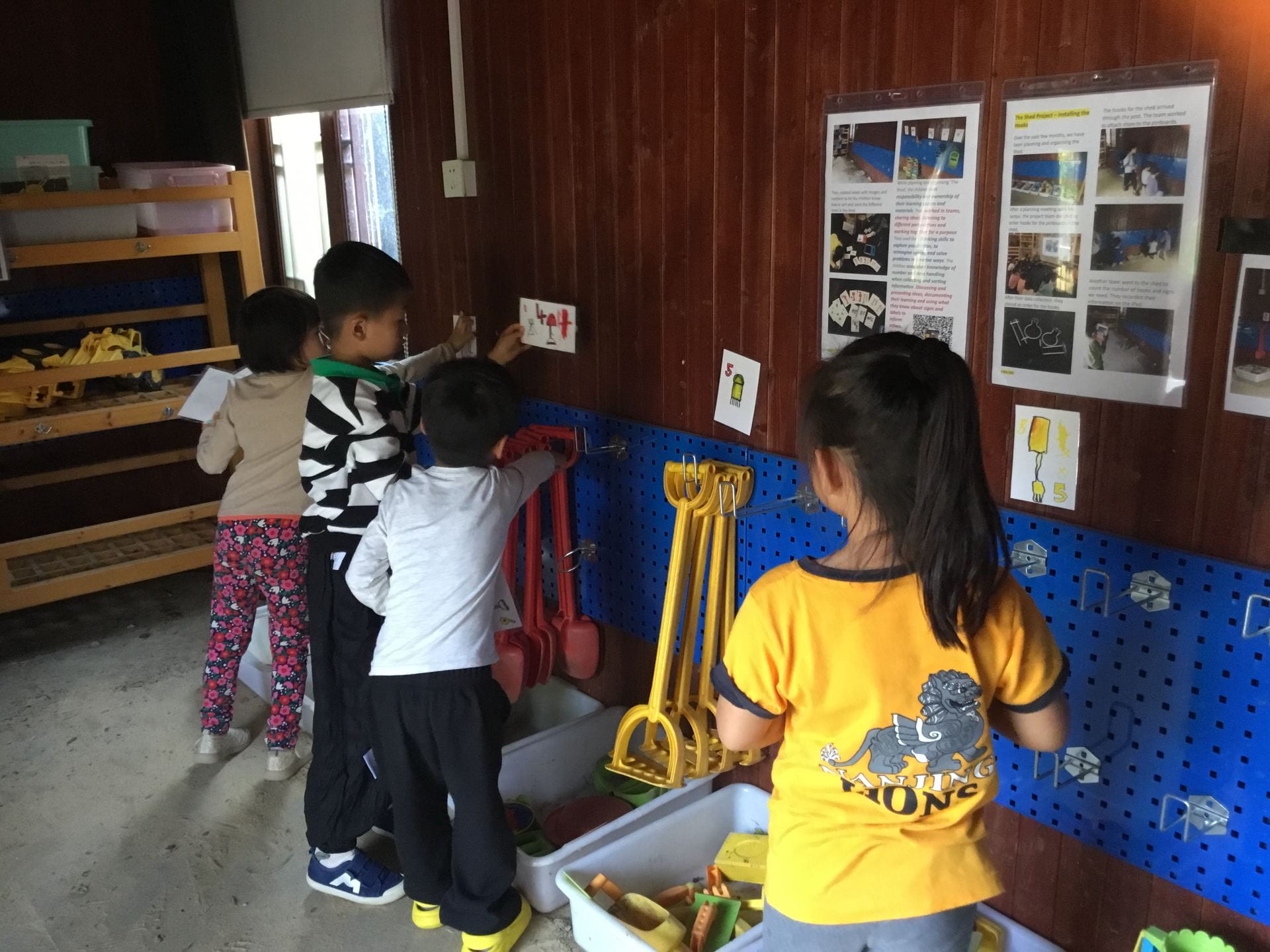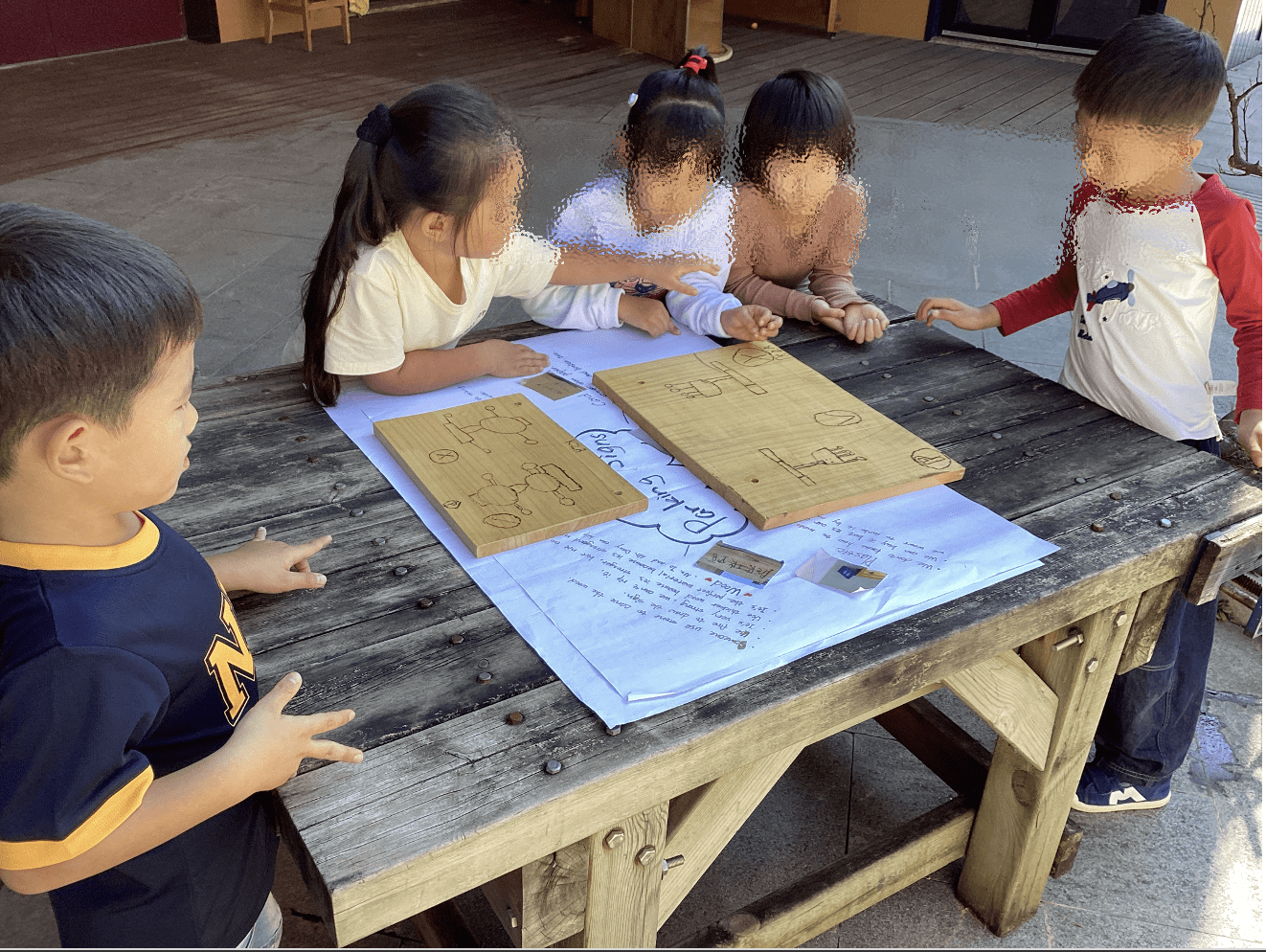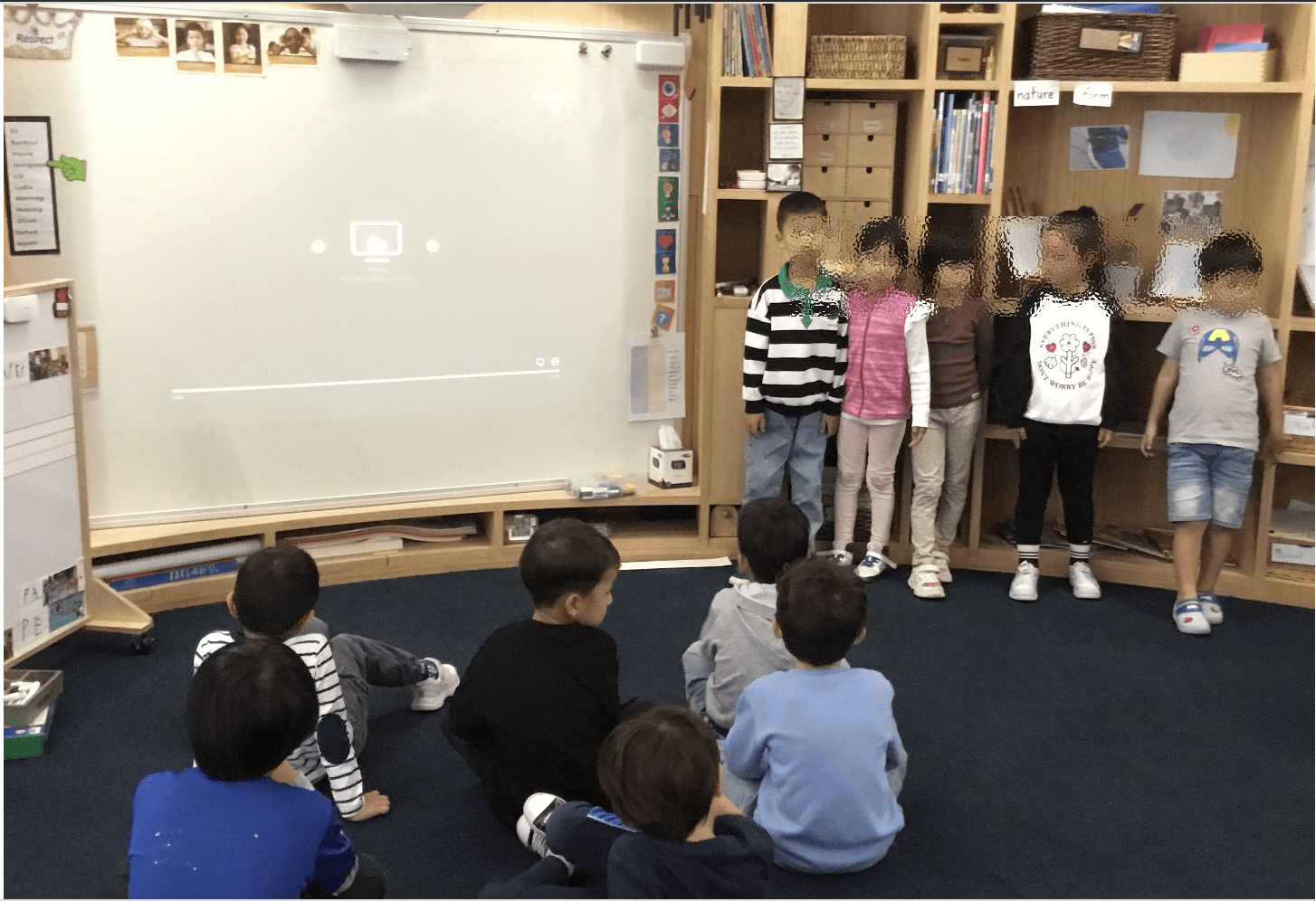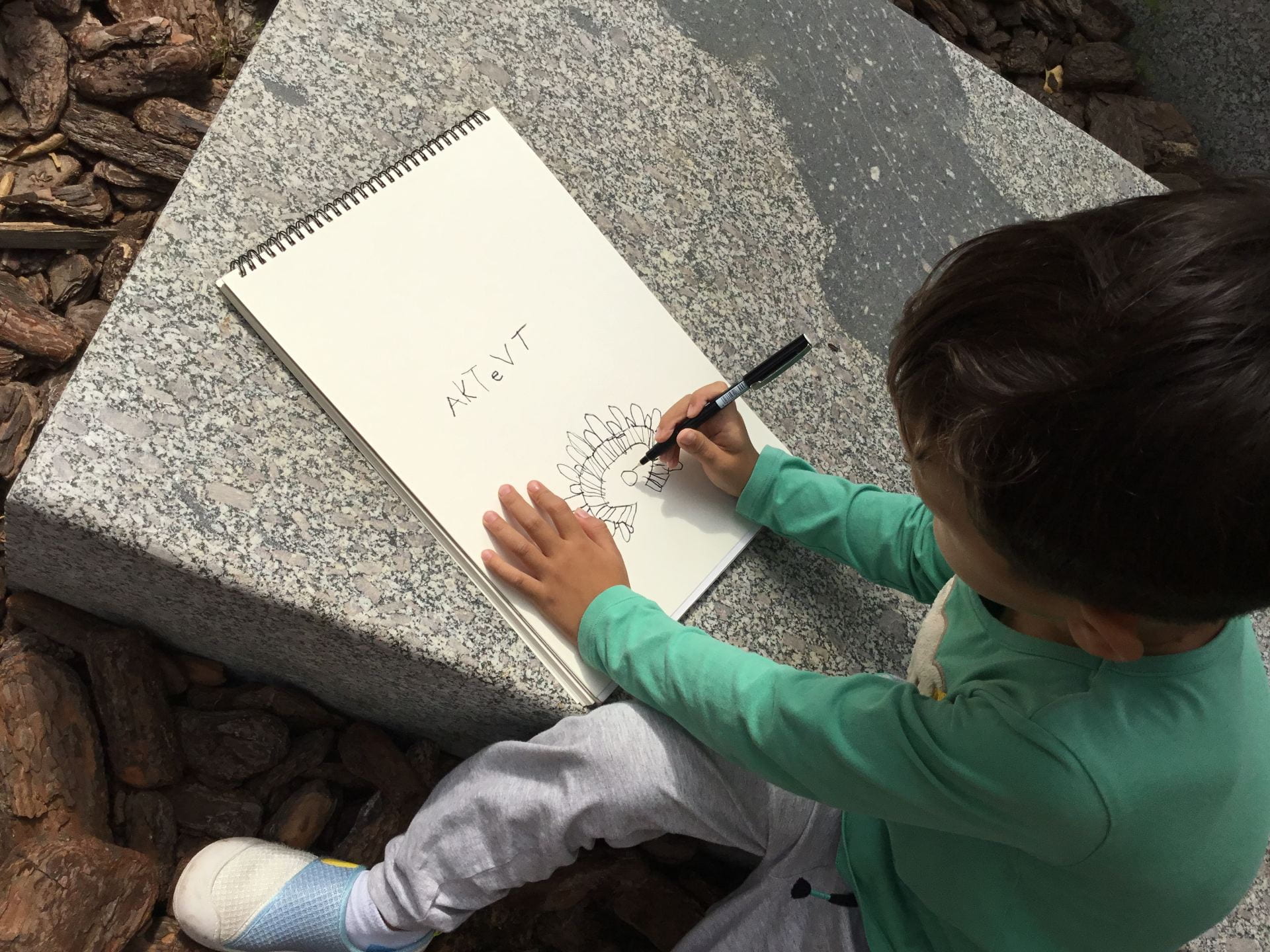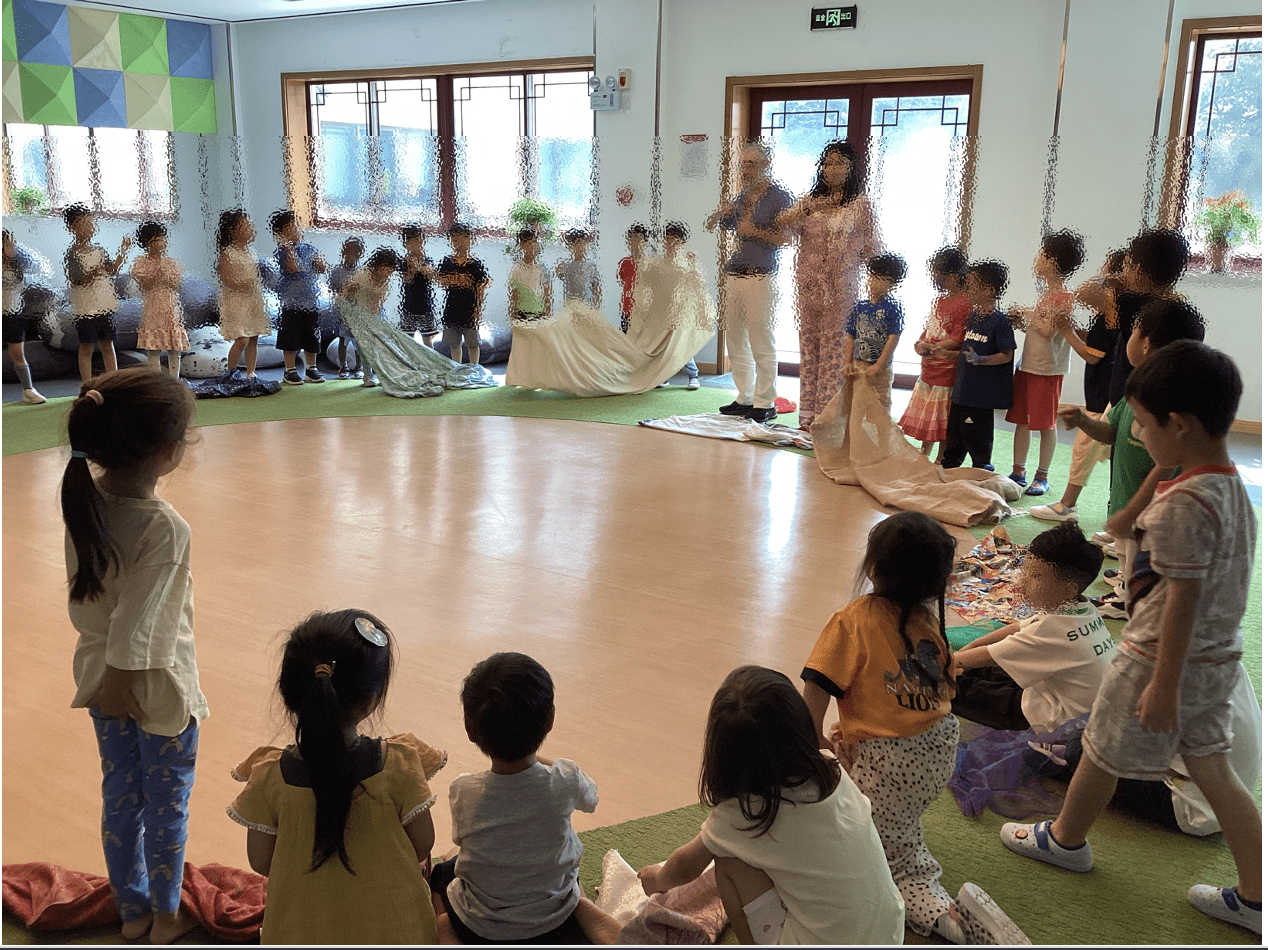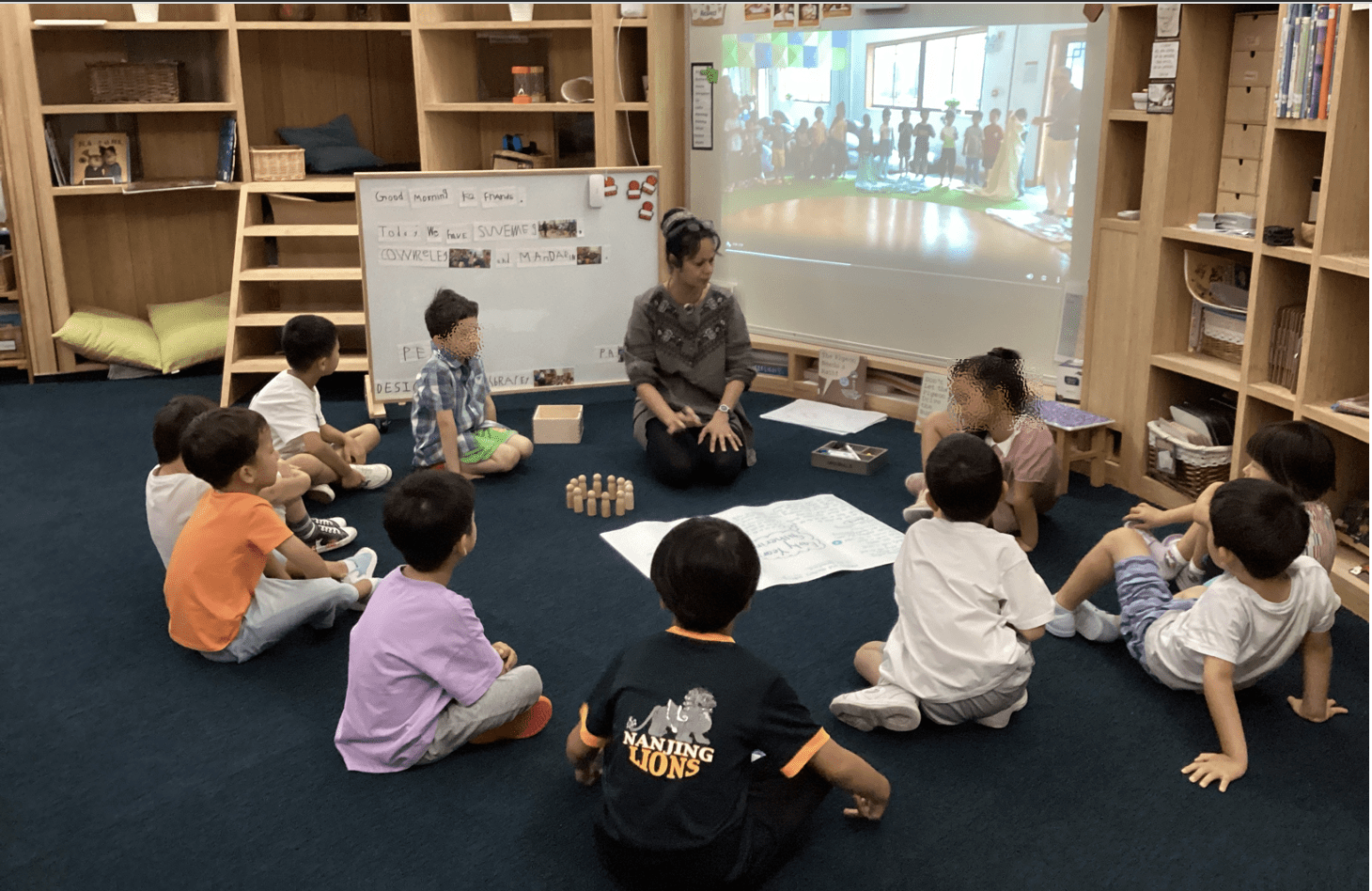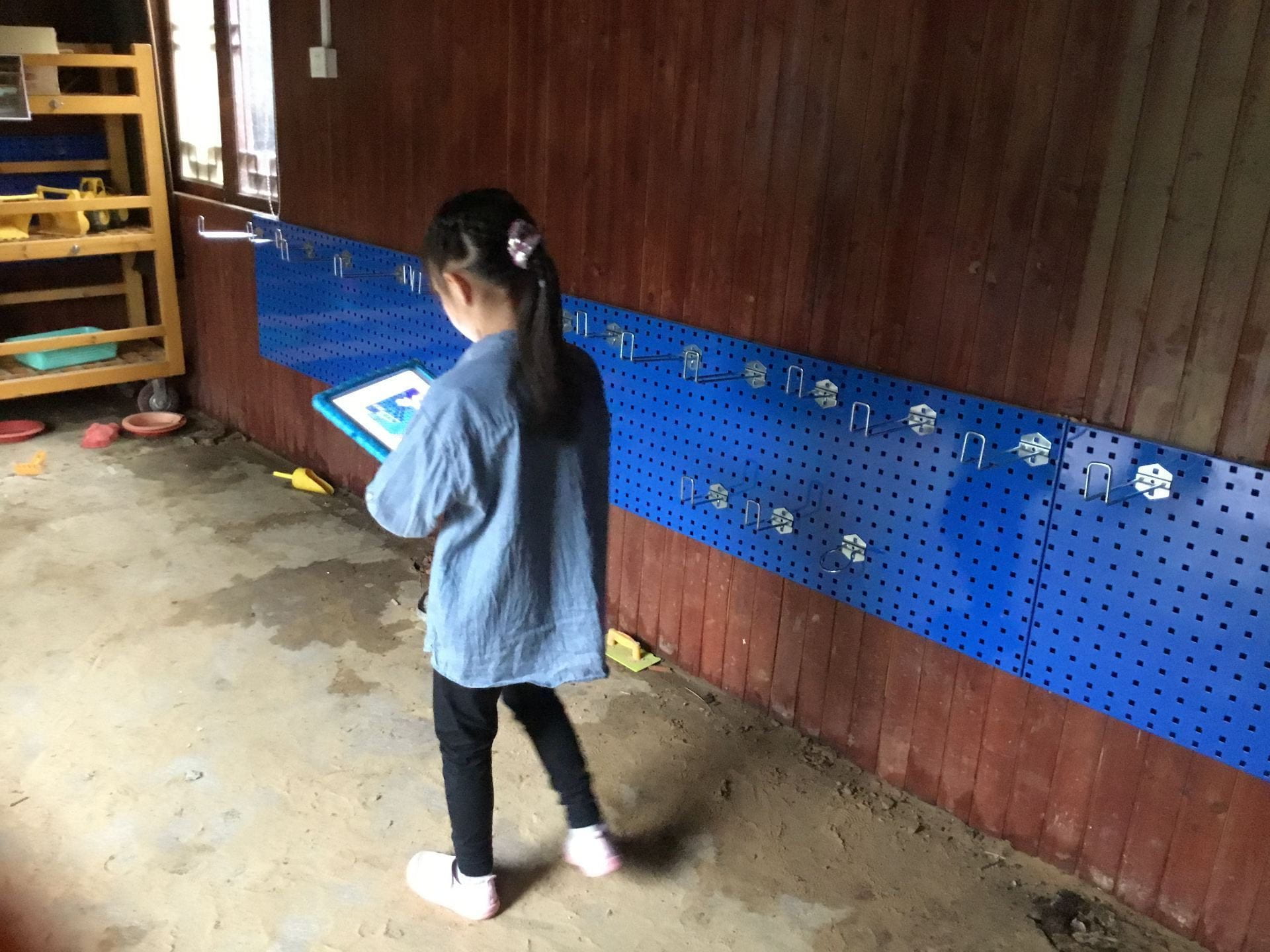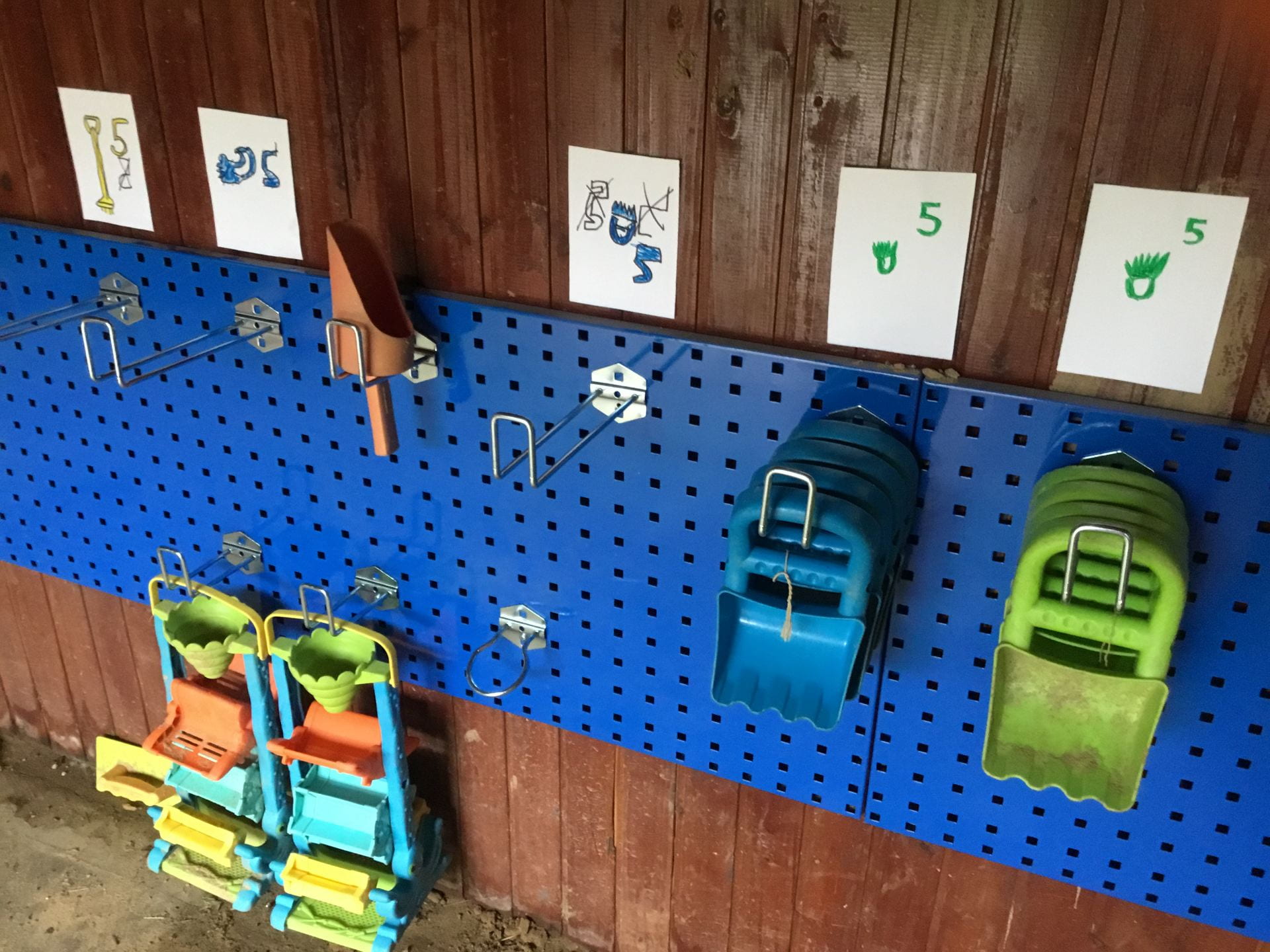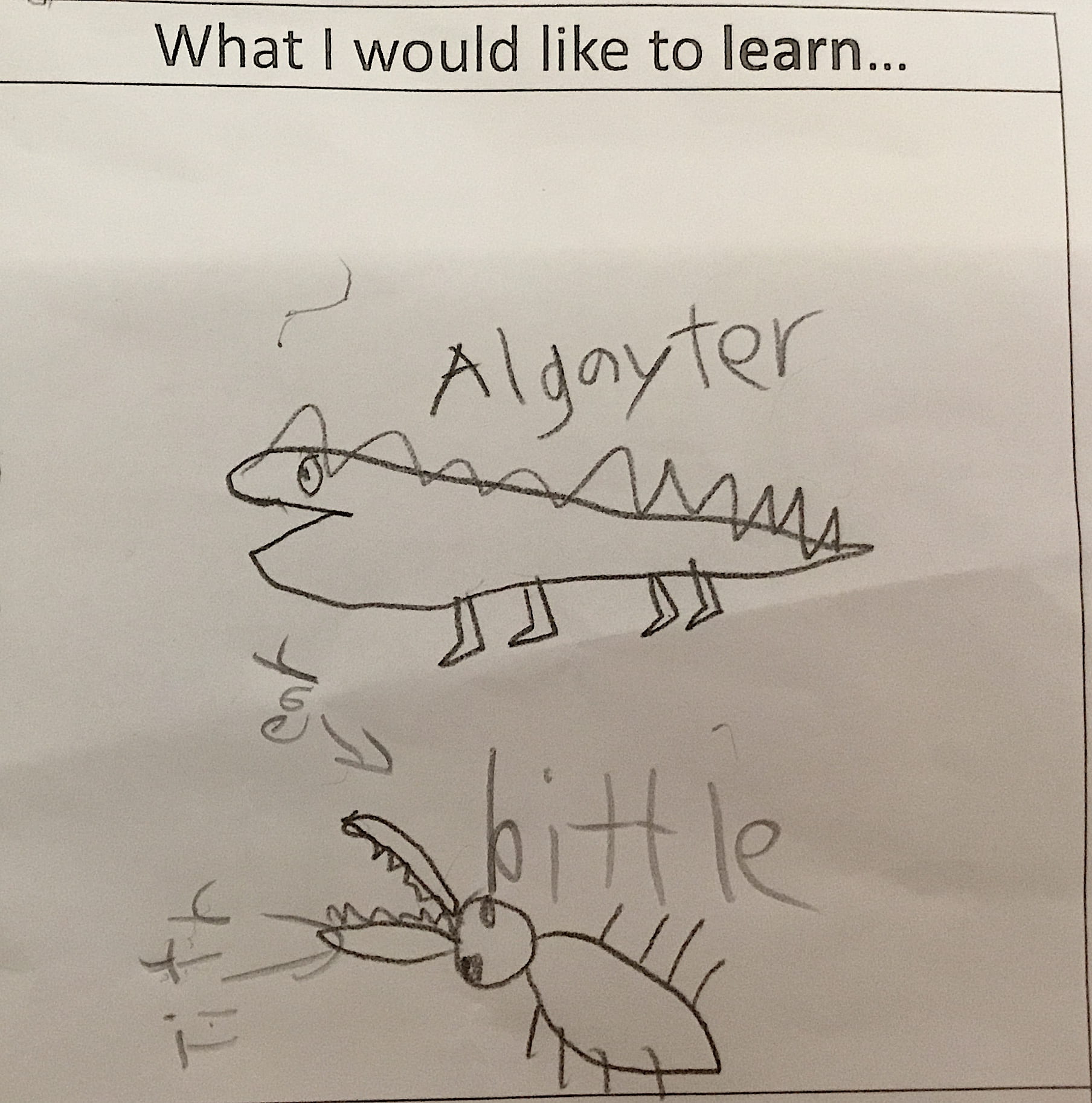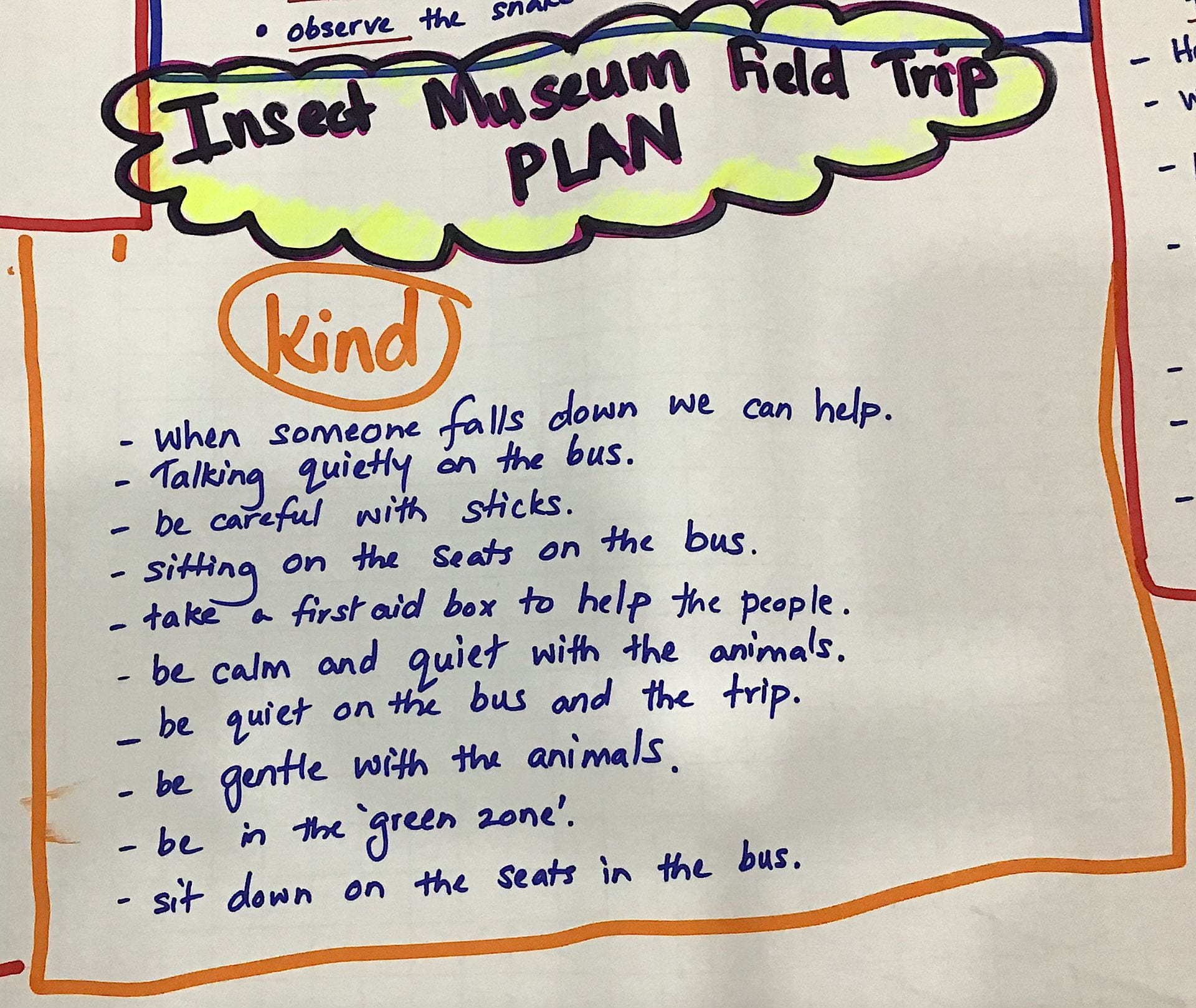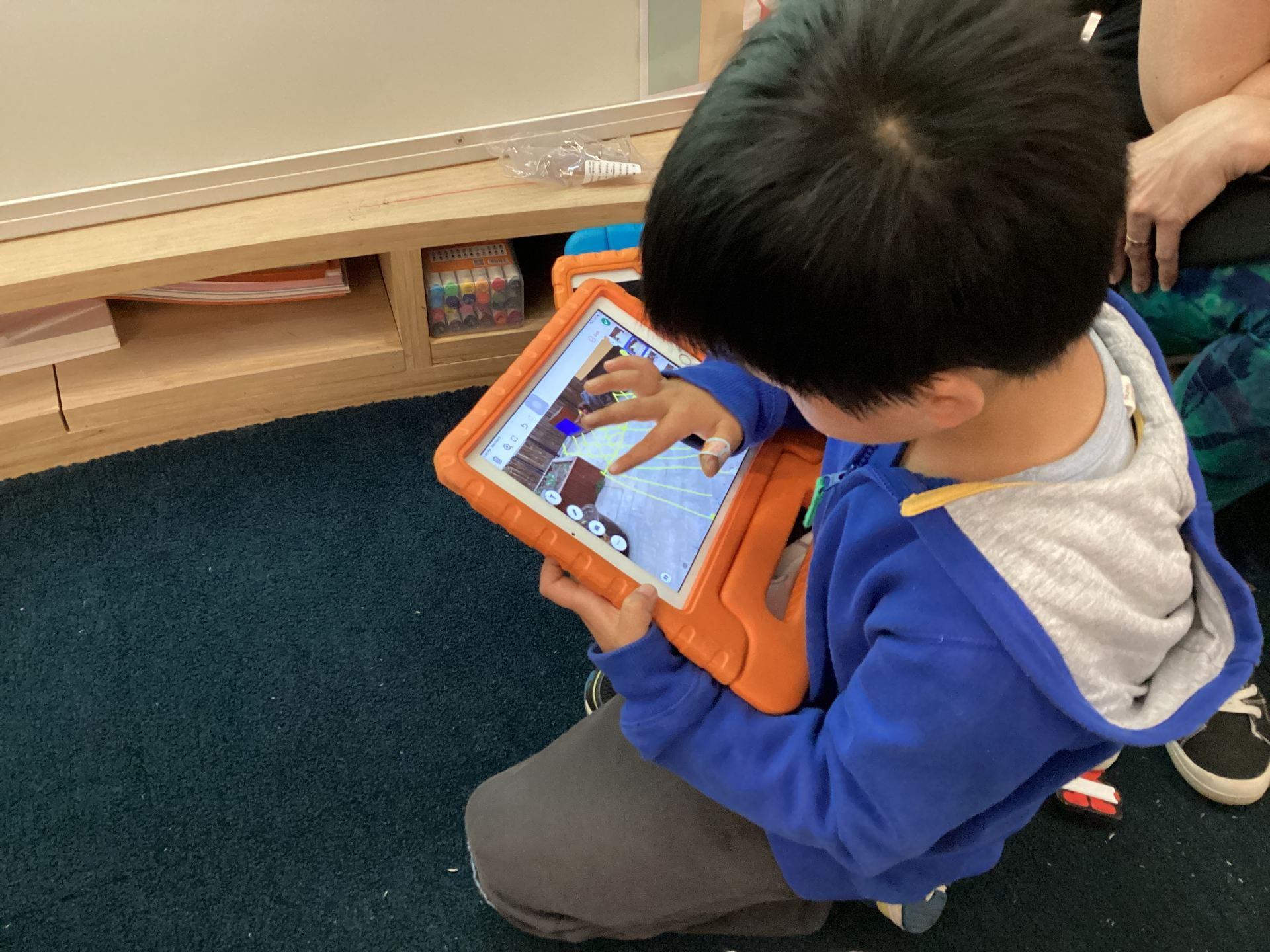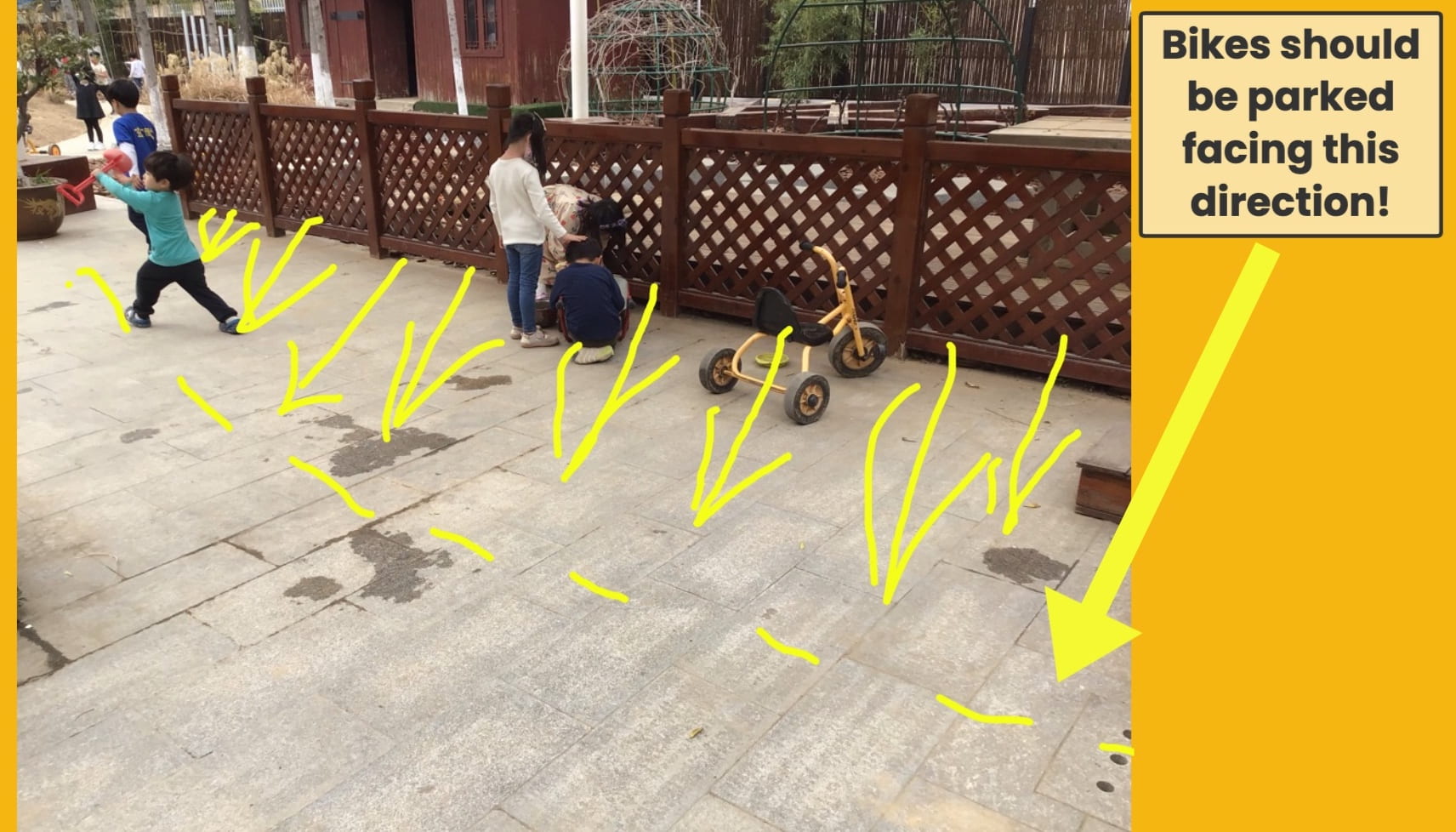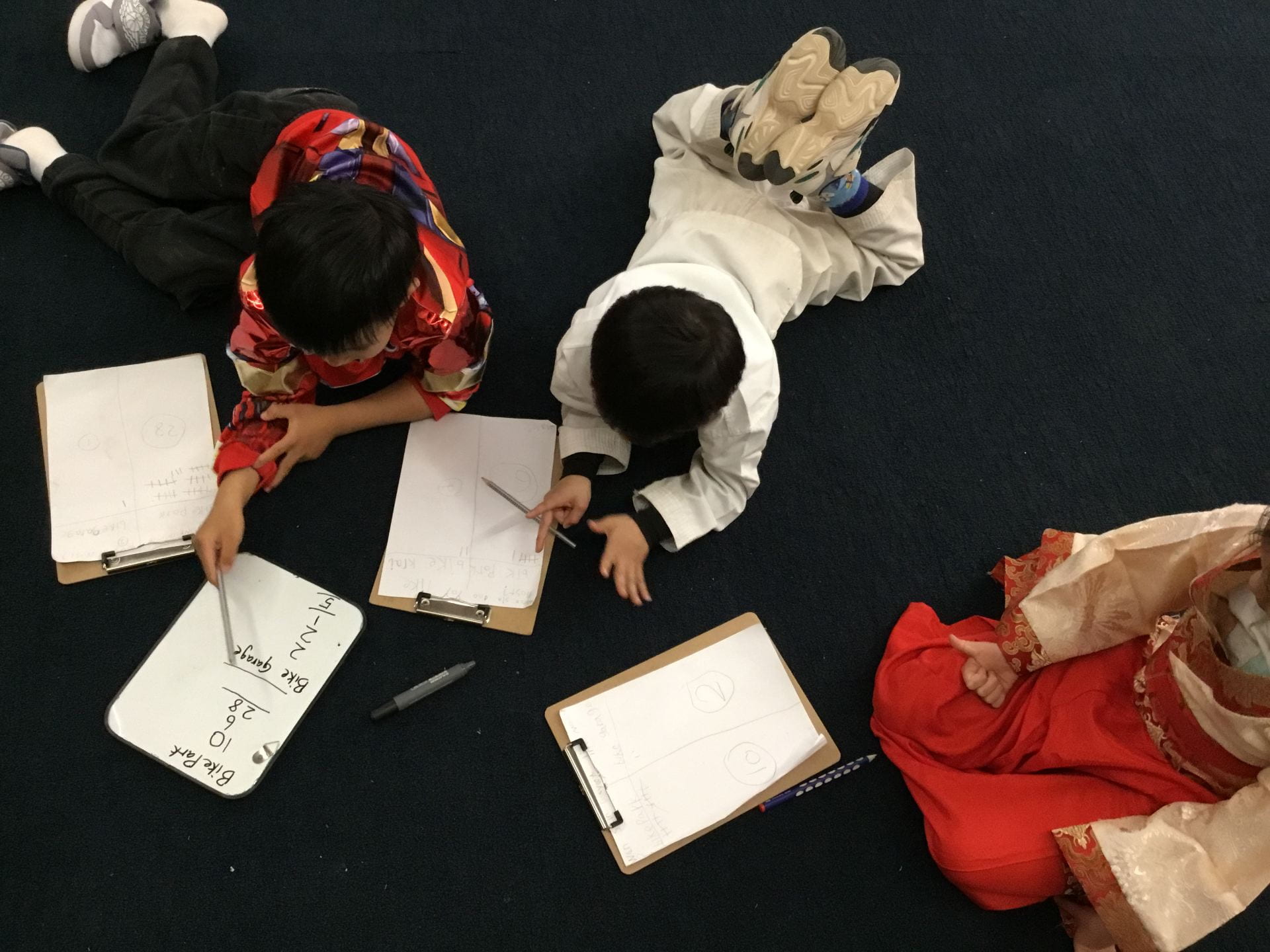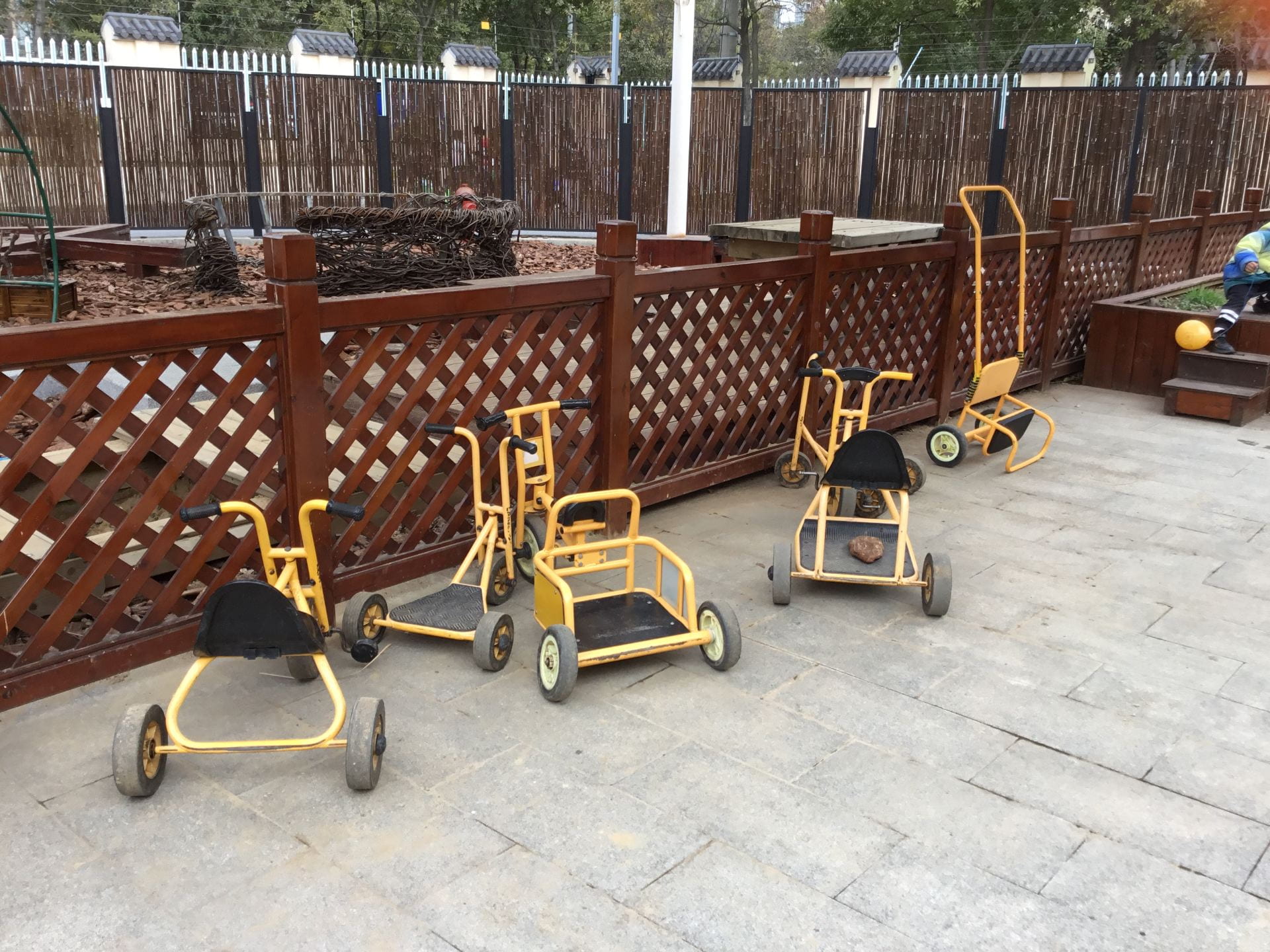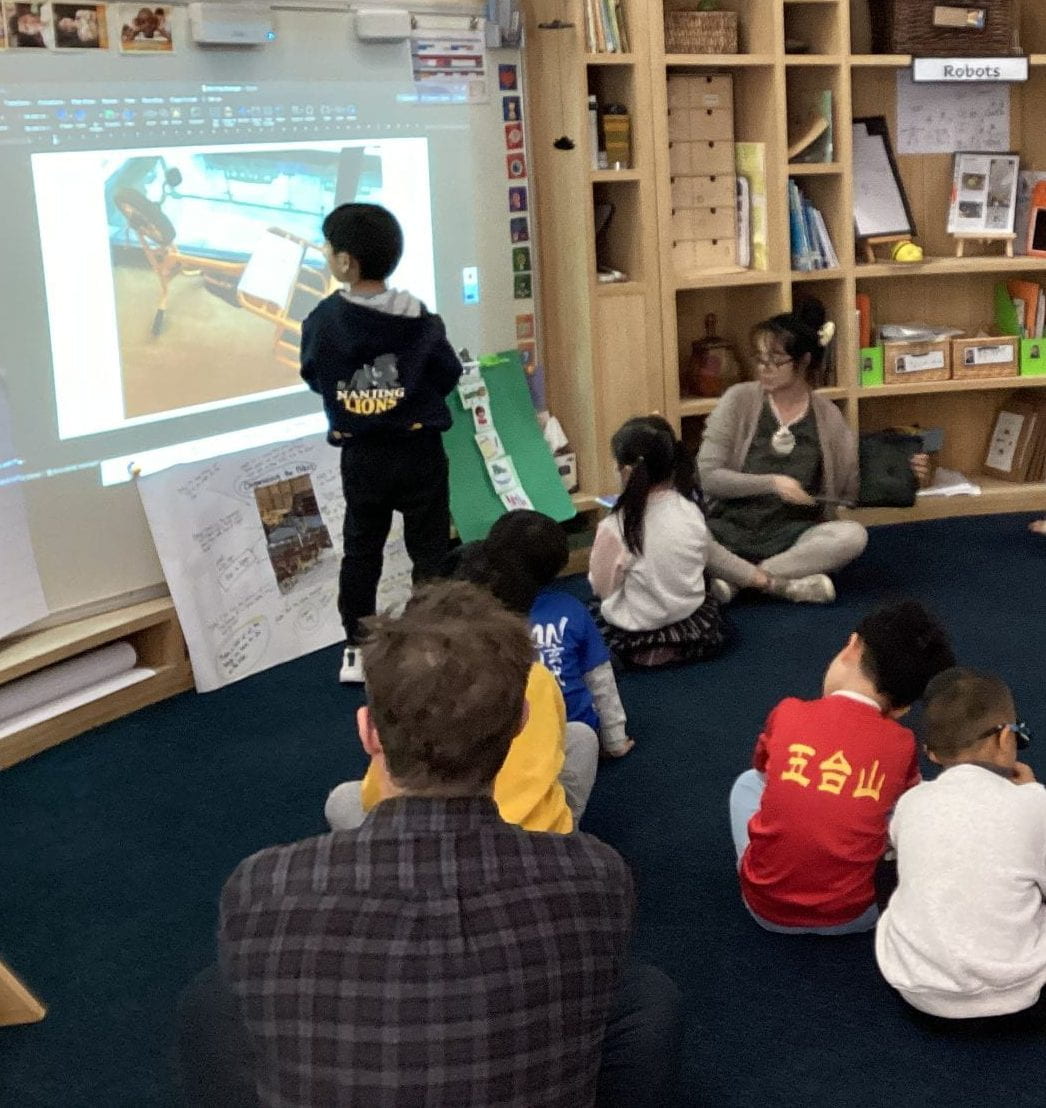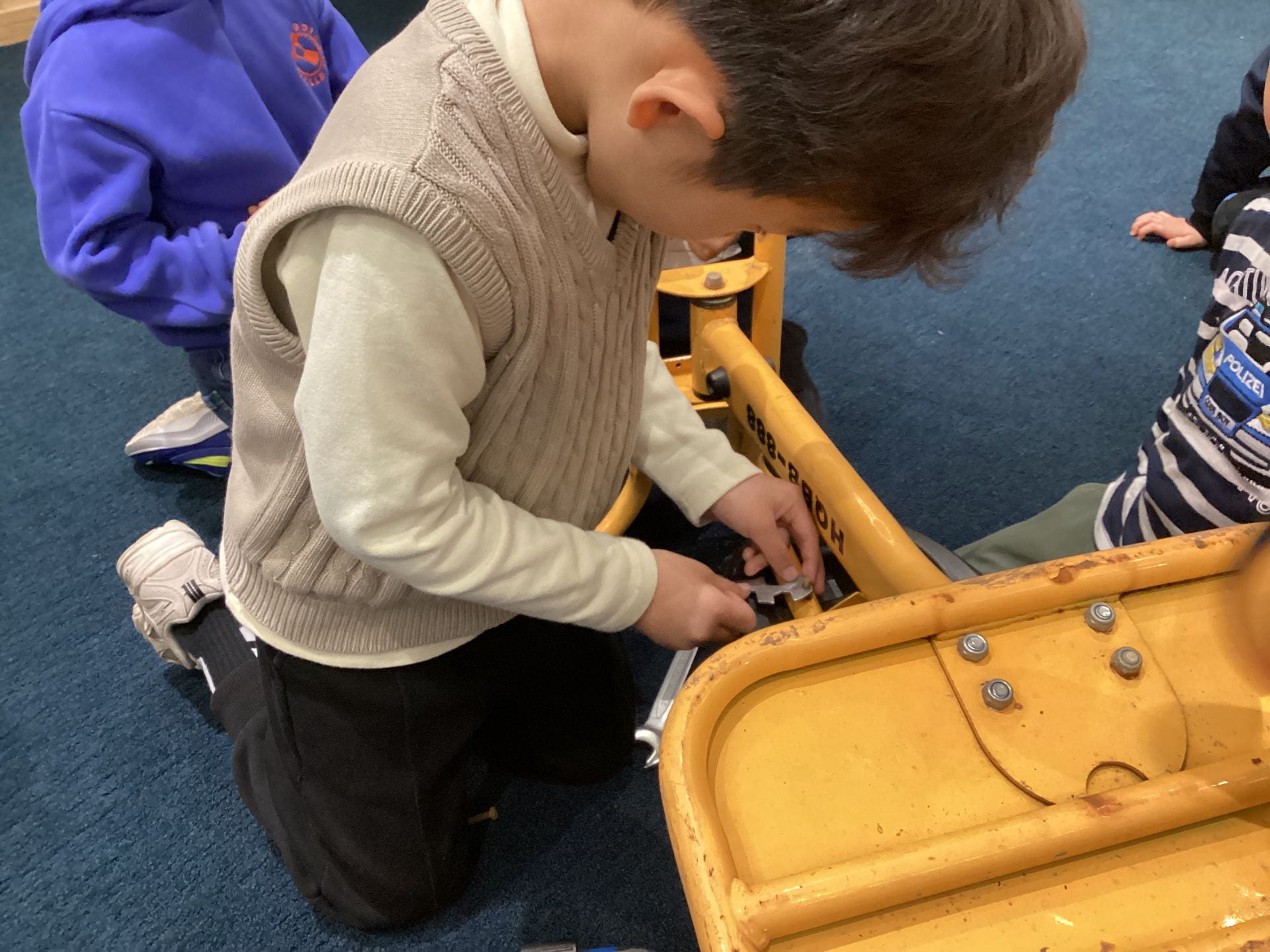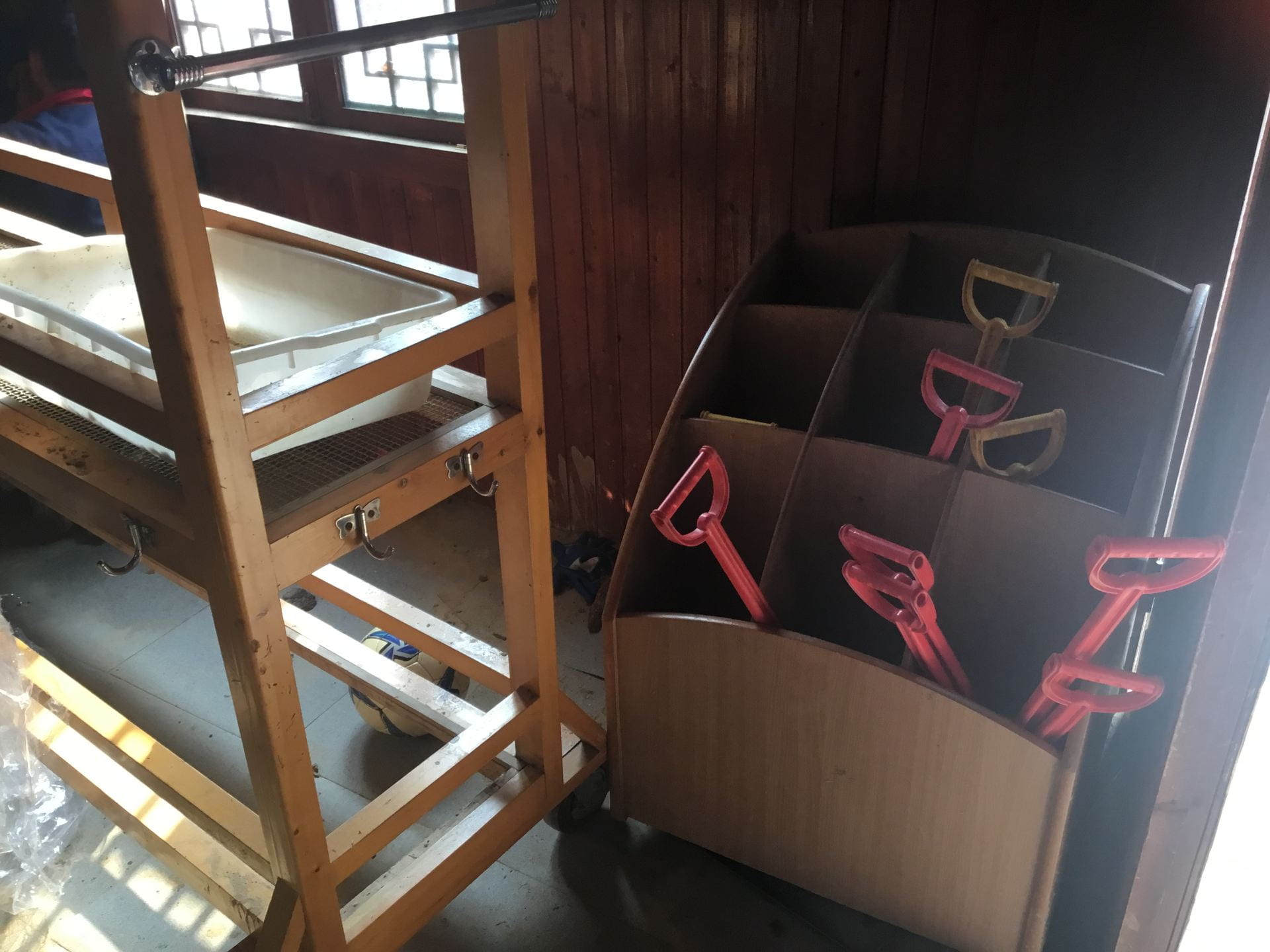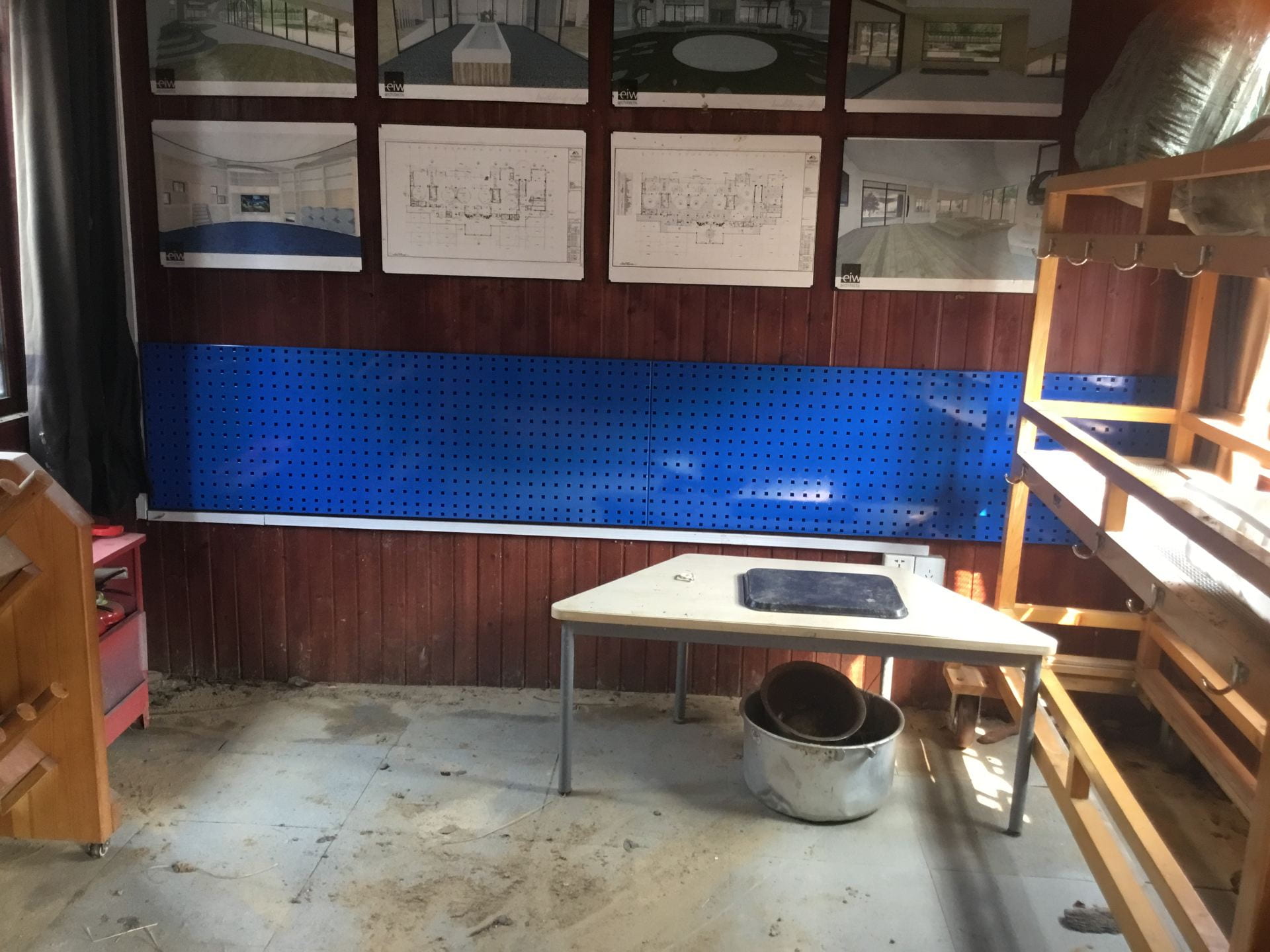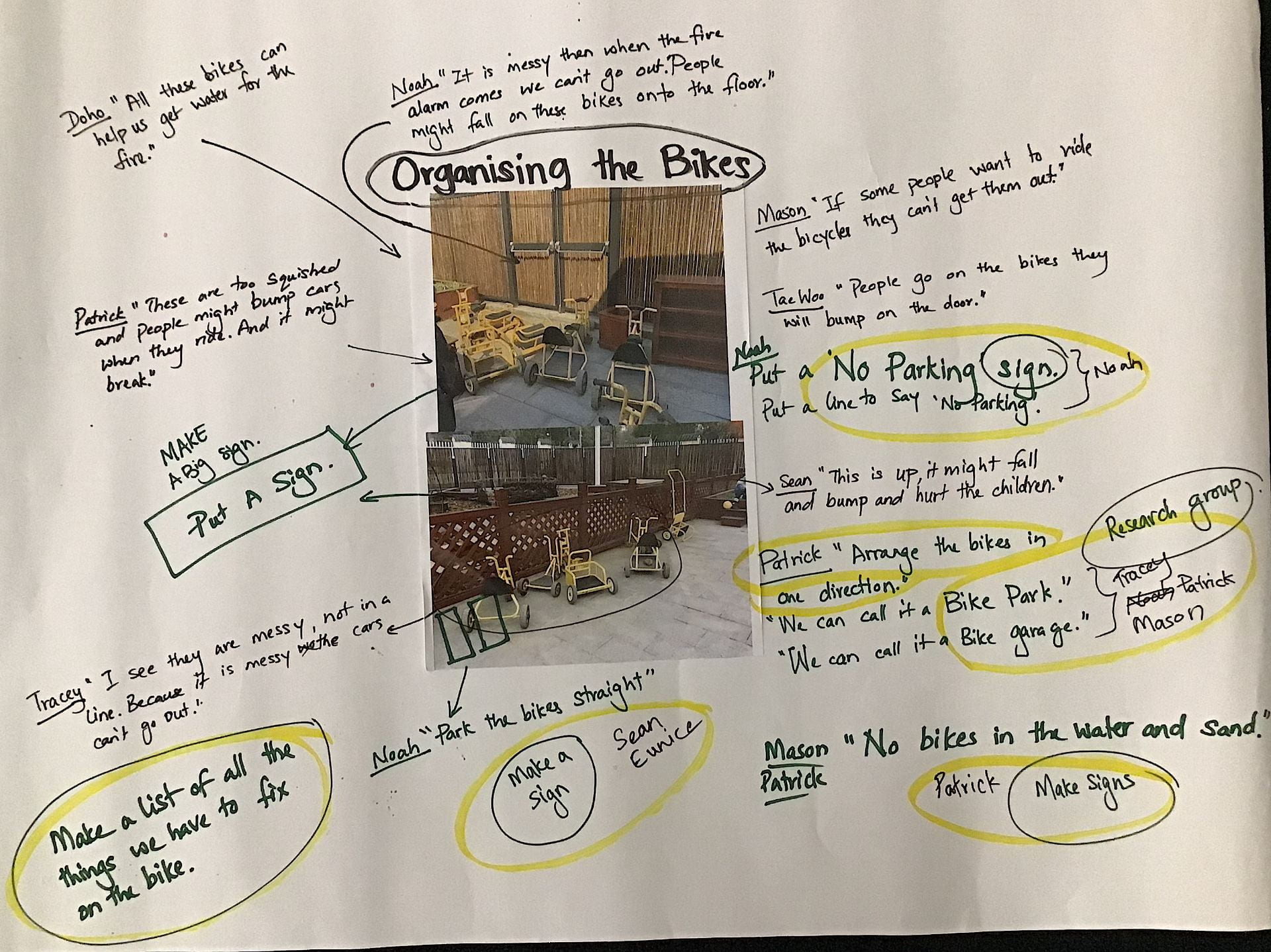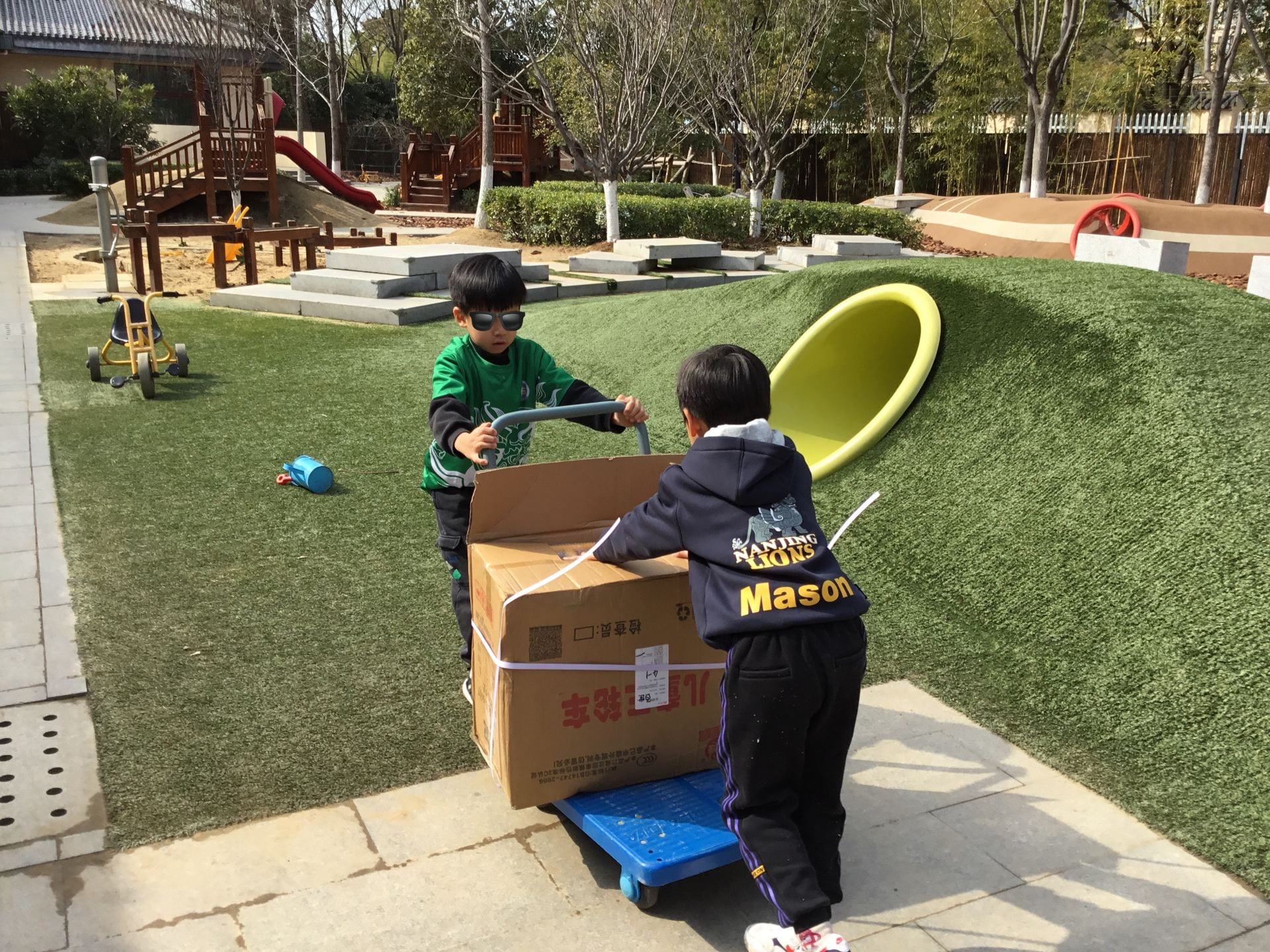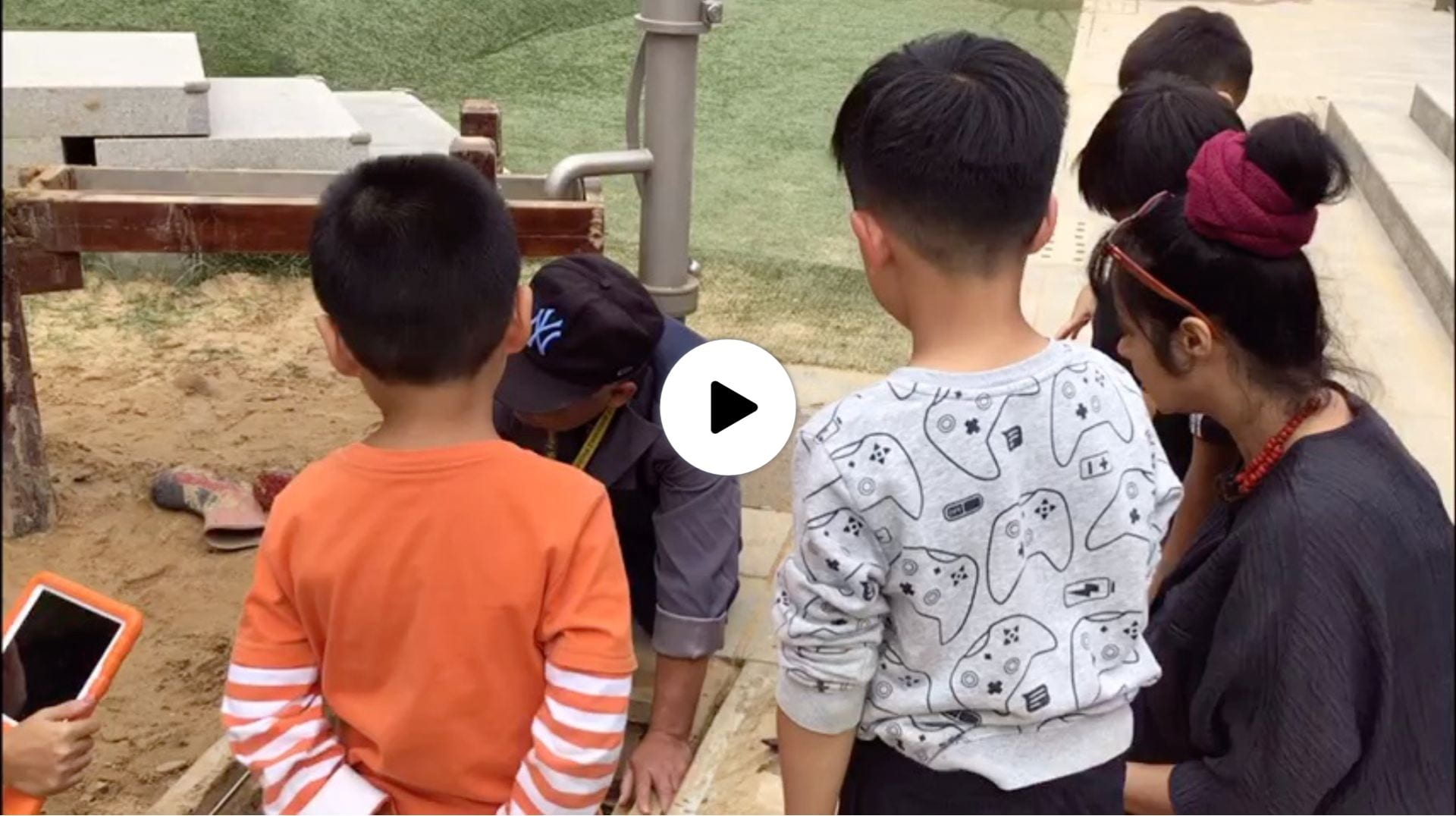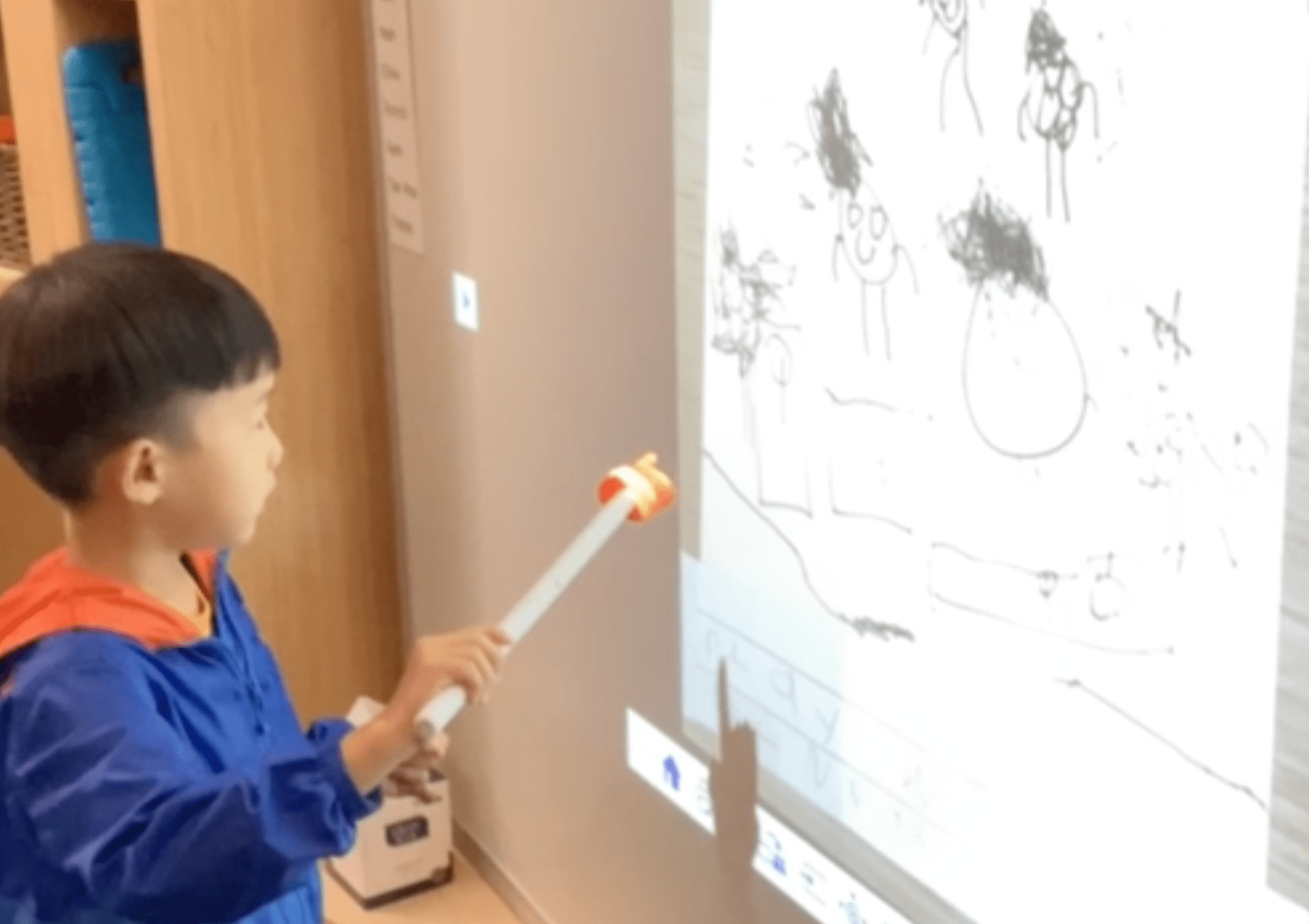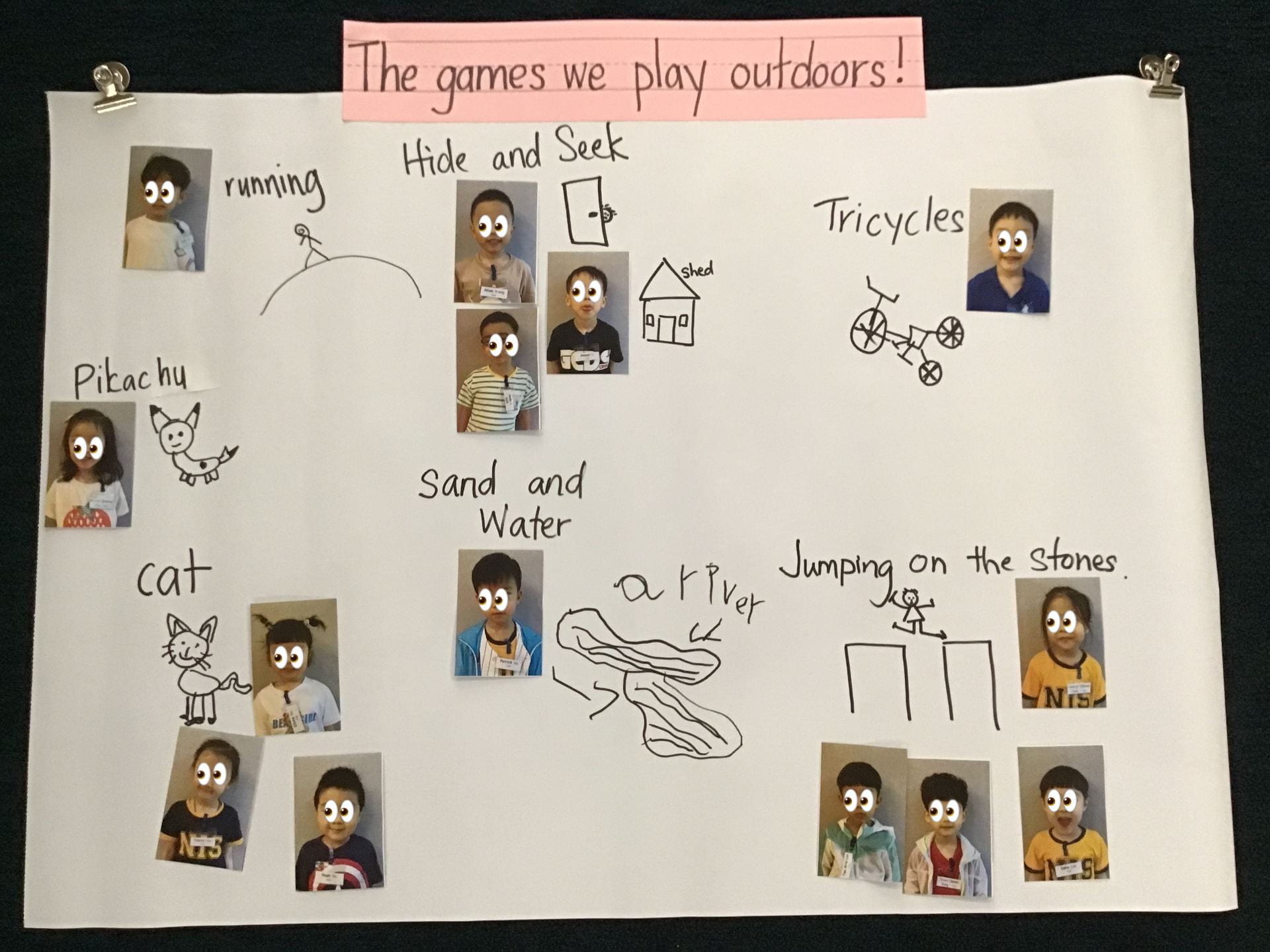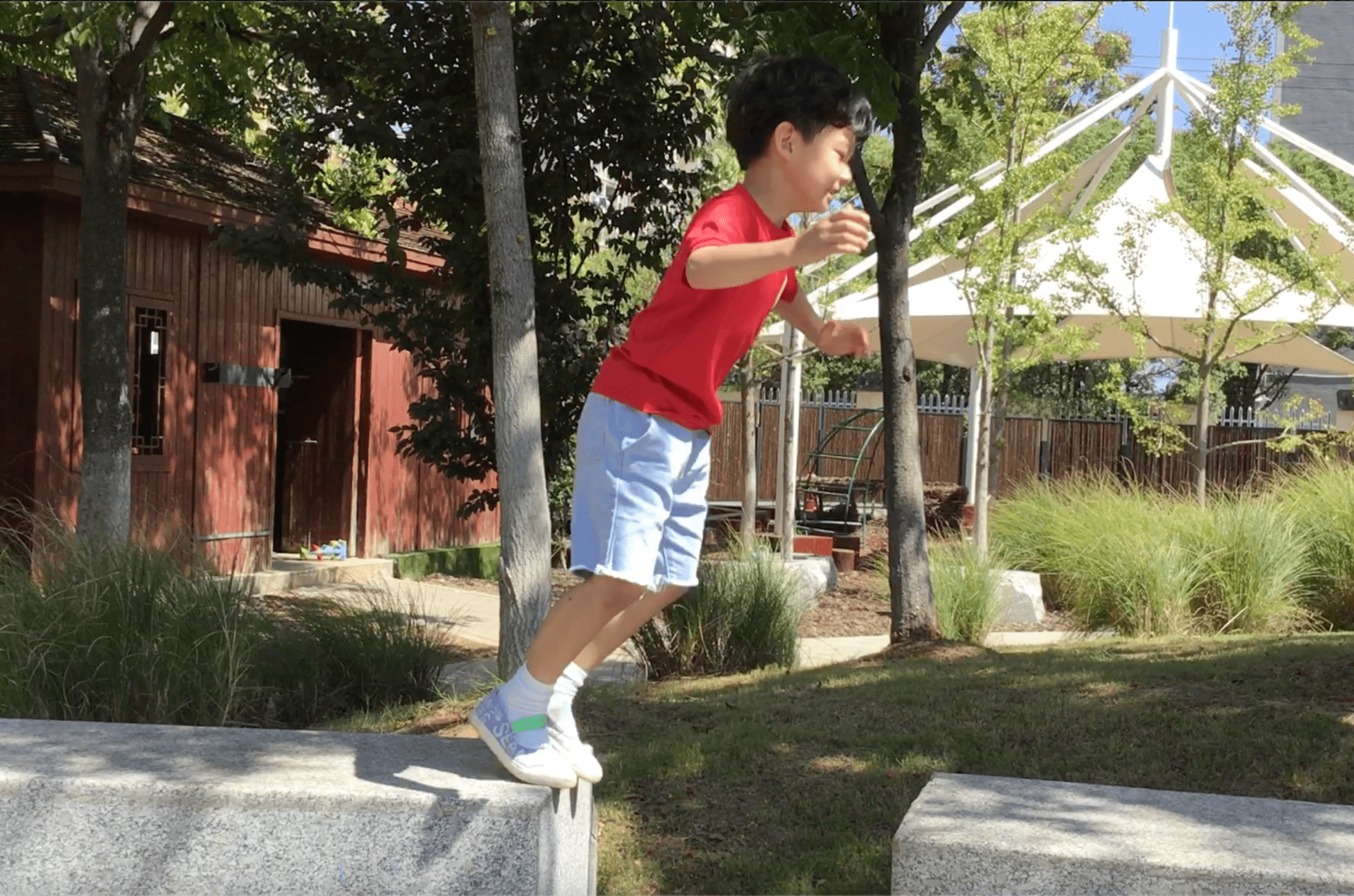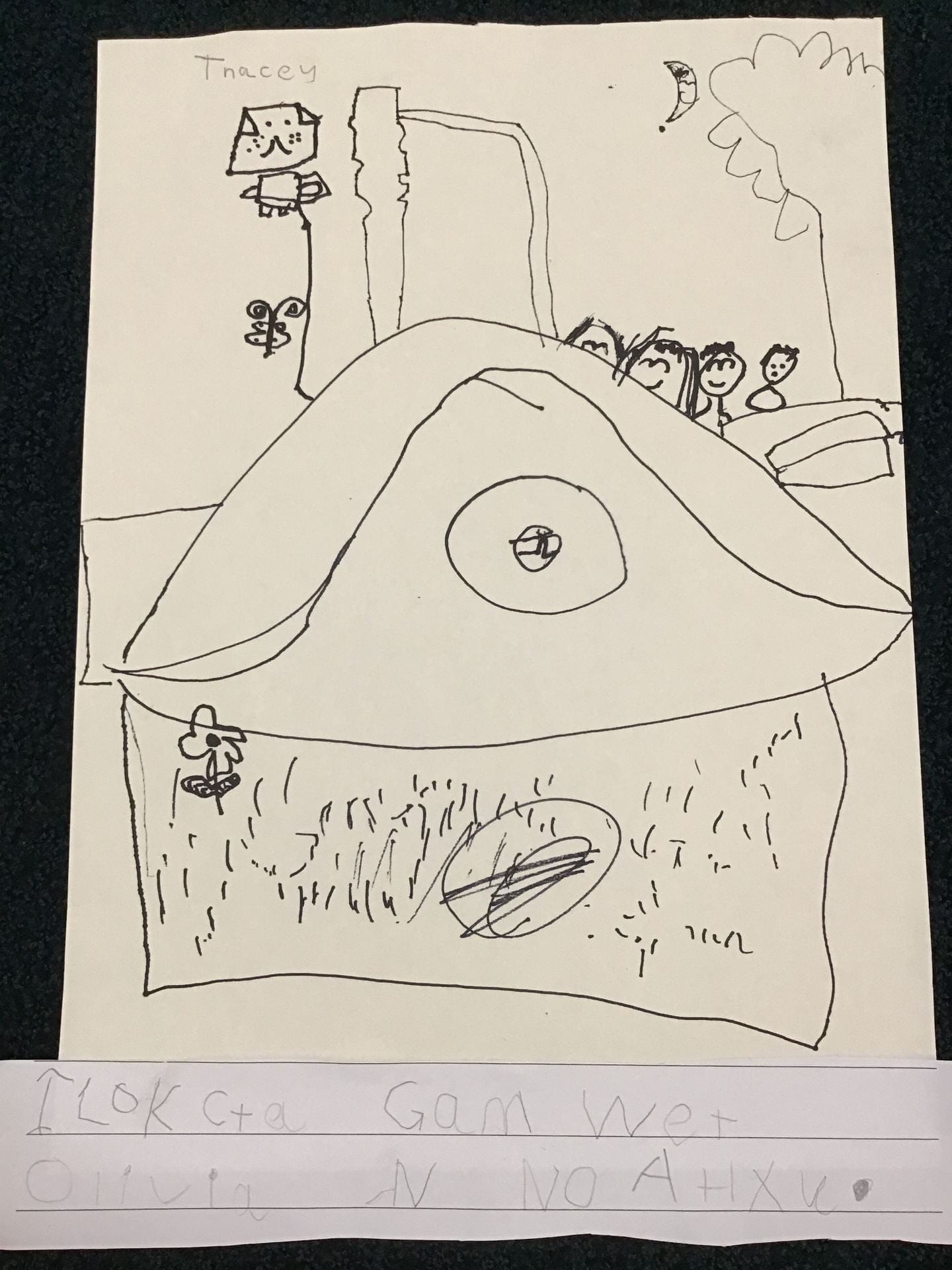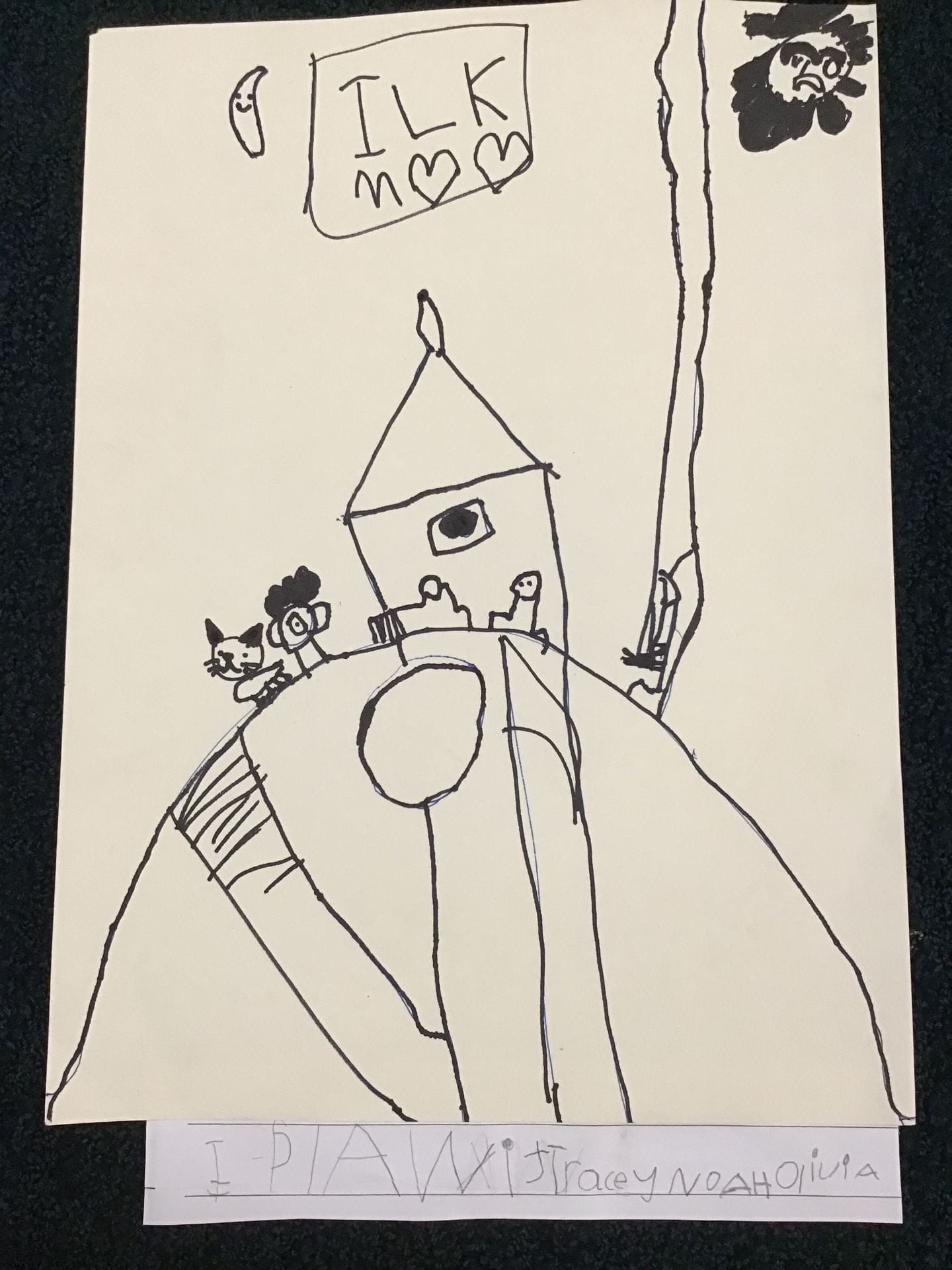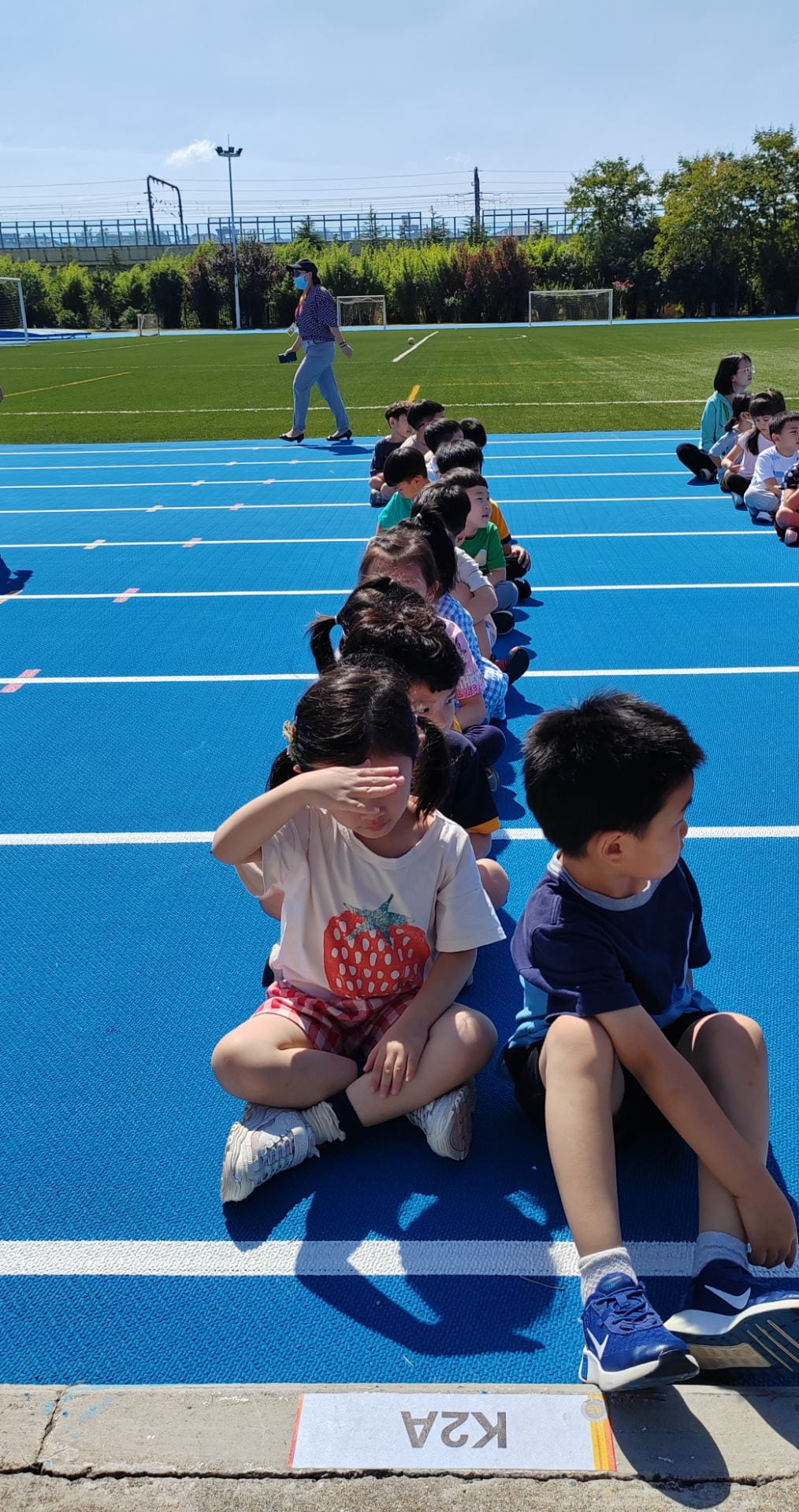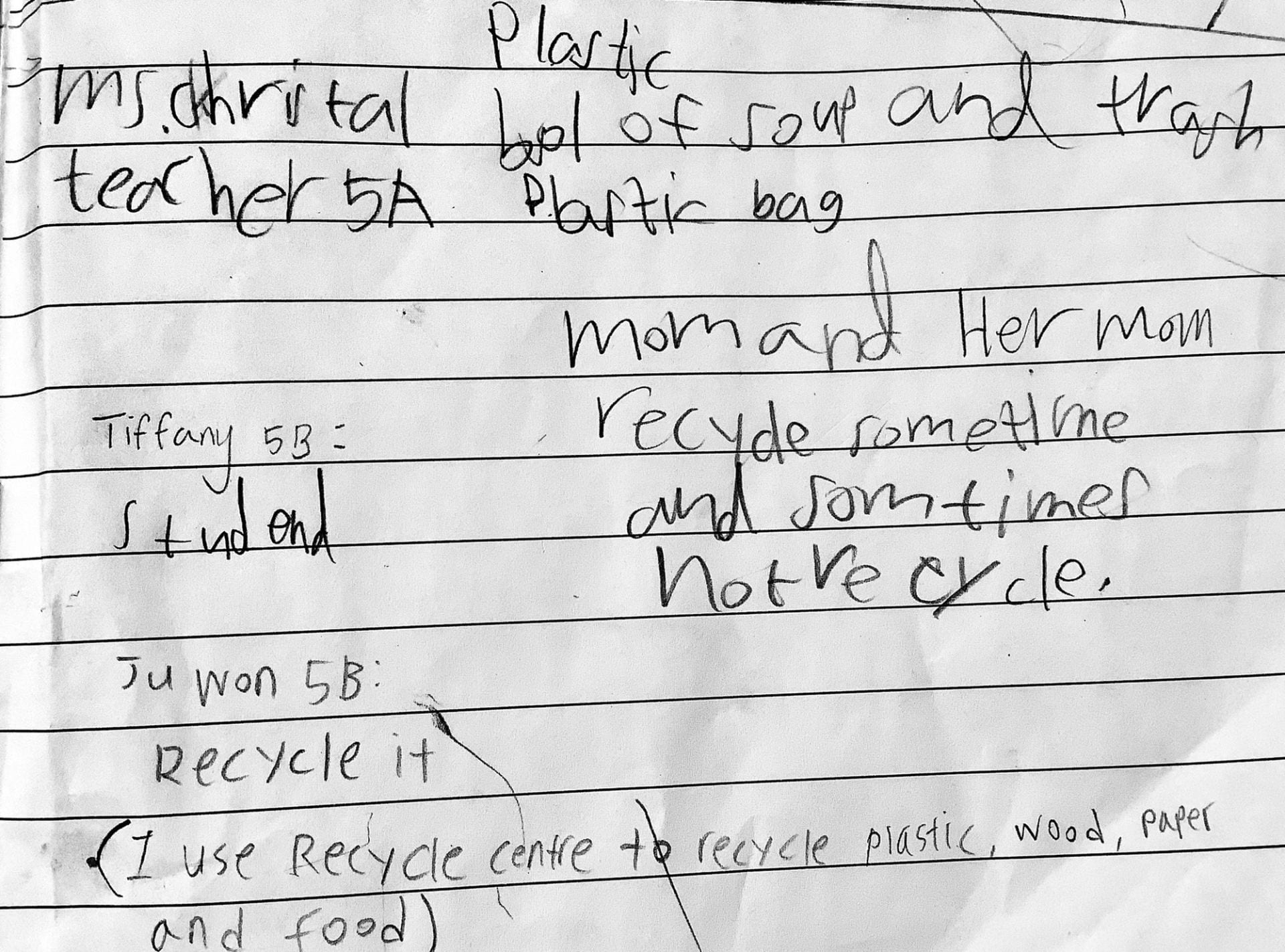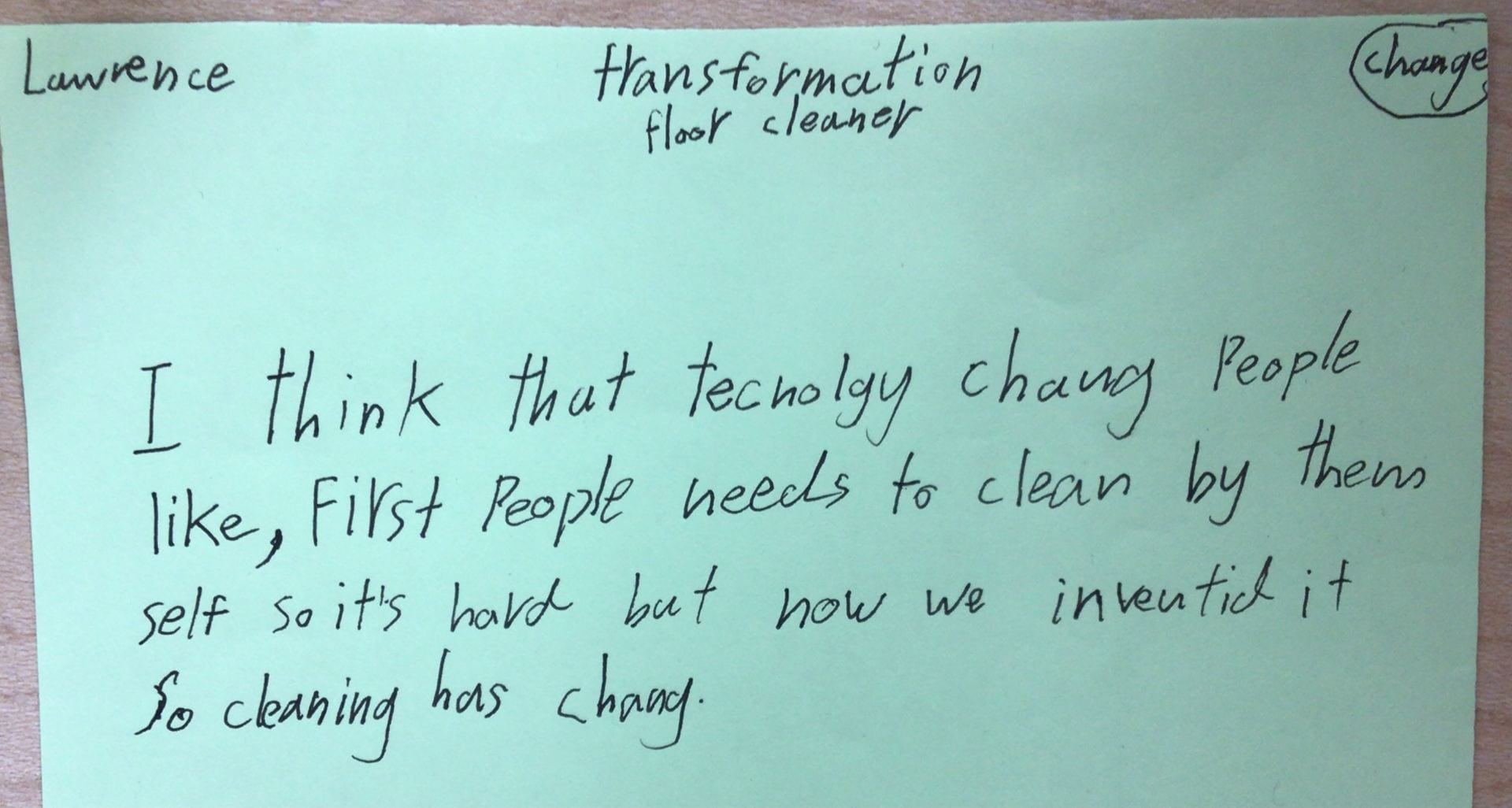Earth Week
Does trash last forever?
We began our day by talking about Earth Week and the different activities that we might be engaged in to bring awareness to our role in keeping the environment safe and clean.
During snack time, the children noticed the amount of garbage we were producing. The children shared their observations and began to suggest how we could solve some of the problems we have with trash.
One suggestion was to reduce the amount of packaged food we purchase and bring to school. Another way is to avoid using plastic or disposable cutlery.
To learn more about trash, we watched a Mystery Science video on the question ‘Does trash last forever?’.
 The children were surprised to see the mountains of trash that humans had collected.
The children were surprised to see the mountains of trash that humans had collected.
 They were sad to see what plastic in the ocean can do to the different creatures and plants that live in the water.
They were sad to see what plastic in the ocean can do to the different creatures and plants that live in the water.
 As part of our ongoing research into what happens to the trash and garbage we collect at NIS and Nanjing, Ms. Nicole gathered some videos and photographs of garbage being collected around the city in Nanjing.
As part of our ongoing research into what happens to the trash and garbage we collect at NIS and Nanjing, Ms. Nicole gathered some videos and photographs of garbage being collected around the city in Nanjing.
The children quickly recognised the workers in orange uniforms. We talked about the important service they provide to keep the city clean, safe and beautiful. How could we be more mindful of the waste we generate each day and how this affects our environment?
Finally, we invited the children to bring in all the recycled materials they could find at home to see how we can sort, organise, re-purpose or create with these materials.
The children brought in recycled materials and then thought about the different ways they could recycle, create or re-use the items.
- Wyatt “I am making an airplane fighting robot.”
- Oxford “I am making a robot.”
- Oliver “I am making a new flowerpot for new flowers.”
- Motong “I am making trash boxes.”
- Lydia “I am making a unicorn.”
- Eli “I am making a rocket with a fire engine at the end.”
- Liz “I made a bird and a bird’s nest.”
- Beomjun “This is a little home.”
- Jeongyoon “I am making a drum with a big cup.”
- Yui “I made a person with blue hair.”
- Hana “I made a turtle.”
ACTION: Taking Responsibility
SEE
- Eli “I see Oxford cleaning up so many of the toys.”
- Liz “I see some of the other children are not cleaning up.”
- Lydia “I see some children are playing with the water and Oxford is cleaning up so many things.”
- Motong “Oxford is NOT counting things.”
- Jeongyoon “I see some people drink water when its tidy up time.”
- Eli “I see the people are not cleaning up the shovels and Oxford had to clean all of the shovels up.”
- Morning “I see people throwing toys in the Shed when its clean-up time and it’s very messy.”
THINK
- Liz “I think other children are not cleaning up and are running around. I think play the things and not clean up.”
- Oliver “I think some people just don’t want to clean up, they just count and clean up only 3.”
- Lydia “I think them is play together and teacher ring the bell and them not clean up, just play.”
- Eunbyul “I think some people do not clean up and drink water.”
- Motong “I think Oxford did not play.”
- Wyatt “When the bell gone, just play and not clean up it’s not ok.
You don’t get the toys and you don’t play.
- Jeongyoon “I think only some are cleaning up.”
- Liz “I think the teacher is done and the people are looking and Oxford just cleaned up. The playground is not clean up its not nice because its then so messy.”
- Lydia “I think play is over and them play and go to drink water and teacher say take 2 gongs and then they go to class and not clean up, Oxford is cleaning up.”
WHAT CAN WE DO?
- Motong “Clean up all the toys and don’t count the toys. We hear one bell we need to clean up, and we hear two bells we can drink water.”
- Lydia “We can tell people. We can take a paper writing and use the glue stick and tell everybody play and everybody needs to clean up.” Make a poster.
- Eunbyul “We can drink water after we clean up.”
- Eli “We can say to people ‘You HAVE to clean up even if you don’t play anything because this is everyone’s playground’.”
- Wyatt “You hear the gong, you need to clean up.”
- Morning “Put the trucks on the shelf and the shovels on the hooks.”
Caring for Living Things
We have noticed the child’s continued interest in living things in the Early Years playground. We decided to share some of the documentation the teachers have collected of the children’s play.
- Liz “We found worms and roly-polys in the soil.”
- Lydia “We are in the outside and we used the shovel to find the worms and the roly-polys and put them in the water. They were swimming. It looked like people swimming. We gave them to Eli and they are making a house for them.”
- Eli “I hide them where the wood things are and I put the cap on so the roly-poly won’t come out and I can play with it next time. I put some leaves so they can eat.”
- Oliver “It’s a baby beetle. They dig in the wood.”
- Eli “They live in the wood.”
- Oliver “They love the playground, they want to live there every day. They have lots of fun things to do. They are playing hide and seek under the soil.”
- Liz “We put worms in the water. It was like water on my hand.”
- Eli “I think you can’t keep them forever or they will die because you keep them every day in that pot and he eats all of the fruits and then they will have nothing to eat and they will die.
- Oxford “There we have so much creatures.”
- Oliver “You can just take a picture of anything you want to keep or the creatures you keep them for many days they won’t have anything to live.”
- Wyatt “I and Eli play with the roly-poly and then put it in a cup and we just play there. And then finish playing.”
- Liz “When we look at the worm they are moving, she wants to go to the soil because worm don’t like you holding it. Put it in the soil quickly.”
- Motong “When we hold the insects we need to put some wet wood because they like it.”
- Morning “I am looking at the roly-poly because it’s coming in the cup and then we put it back because they like the wood.”
We noticed that the children have a deep appreciation for the living creatures in nature. Their theories about the different insects reveal how they observe, form generalizations and develop understandings of nature. The children’s discussion about their play outdoors shows their sensitivity and growing awareness of how to care for living things and what they need to survive in their natural habitats.
- We wonder how the children might document what they see, hear and know about the world around them.
- We wonder how we might continue to develop their curiosities about the different creatures in our environment.


